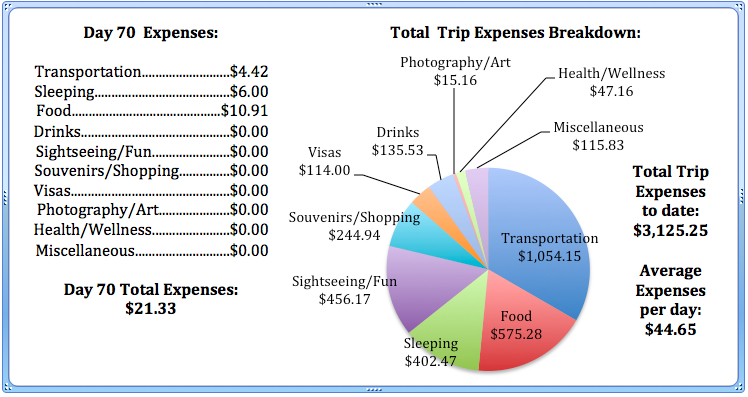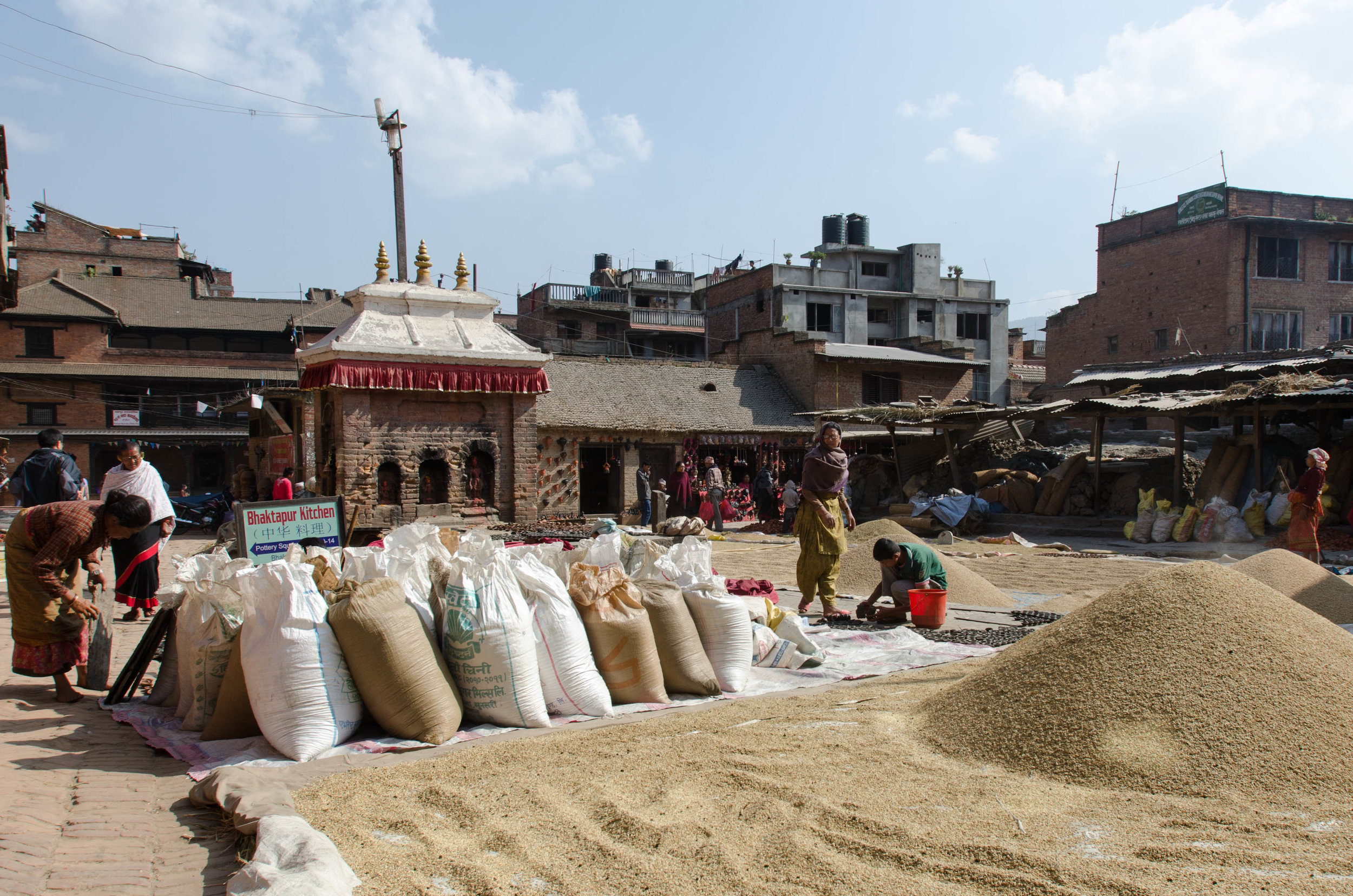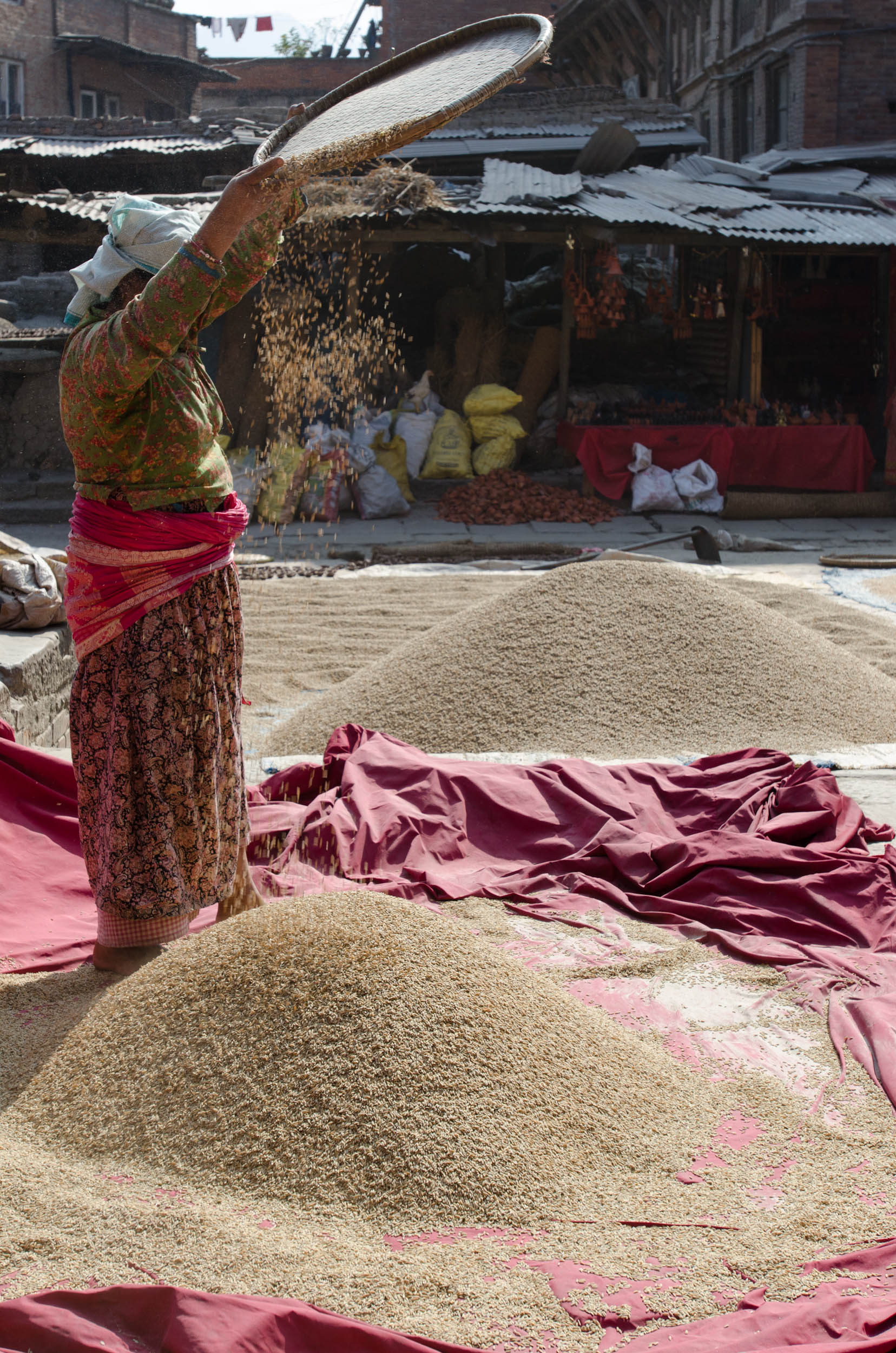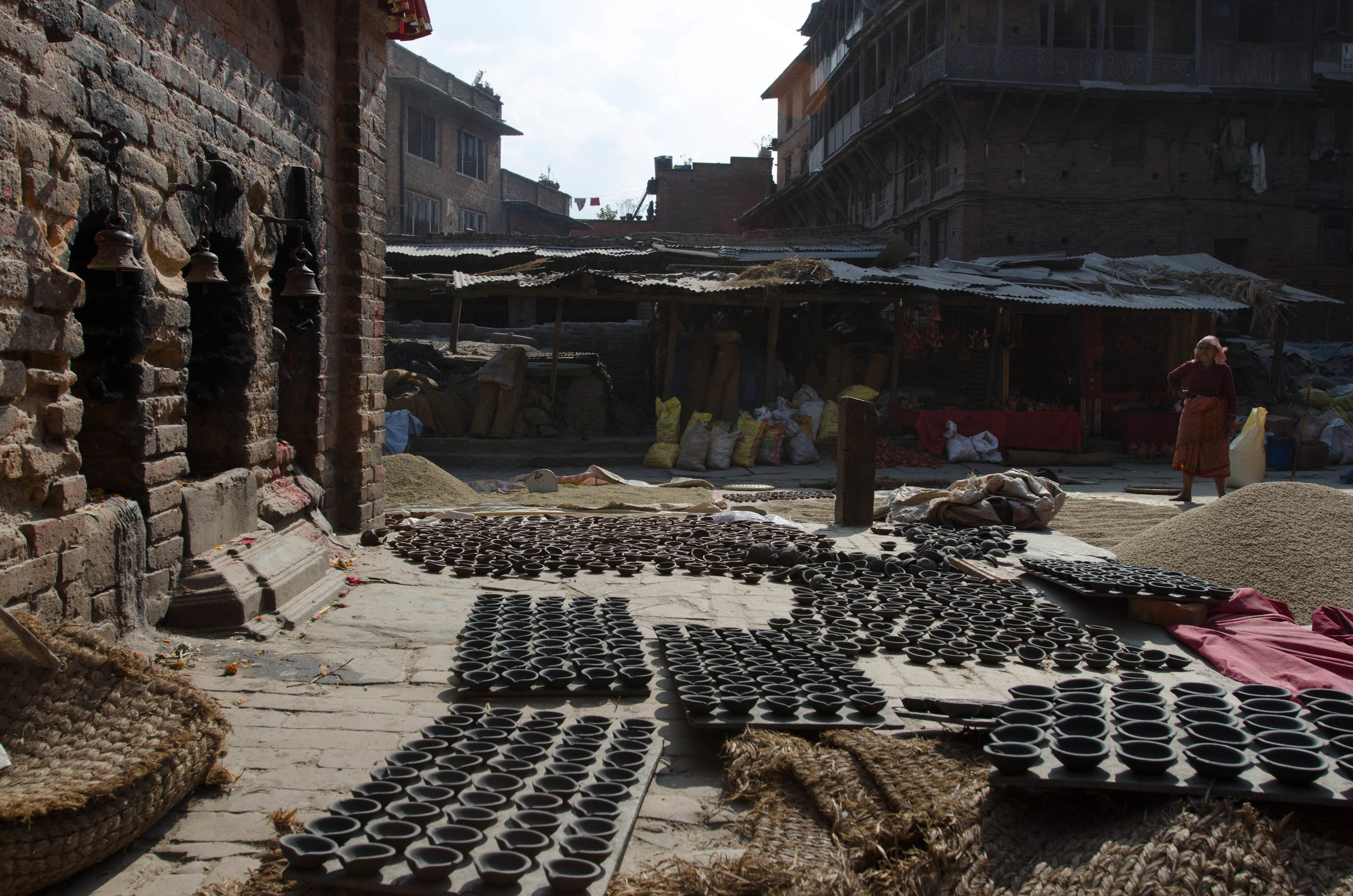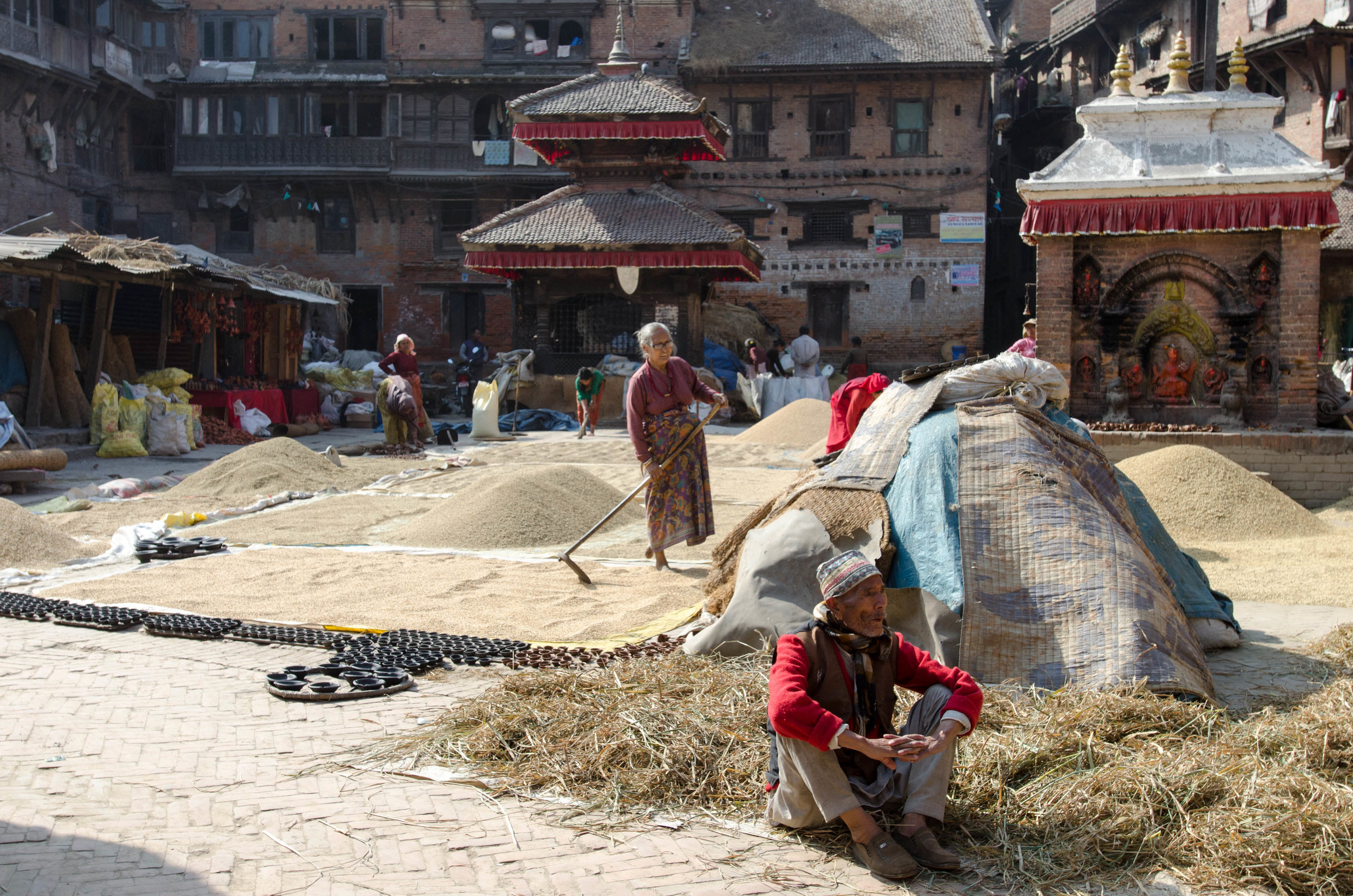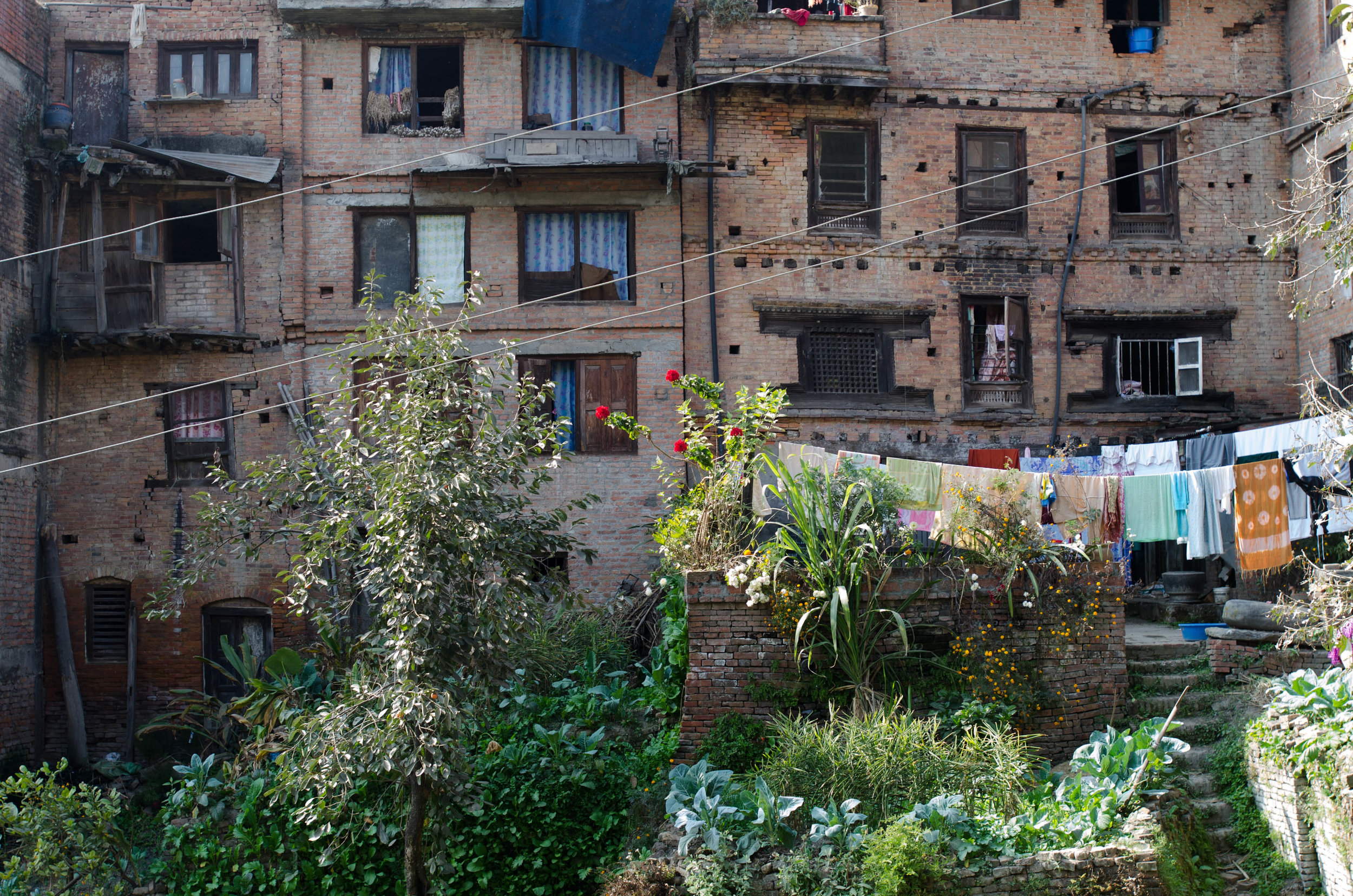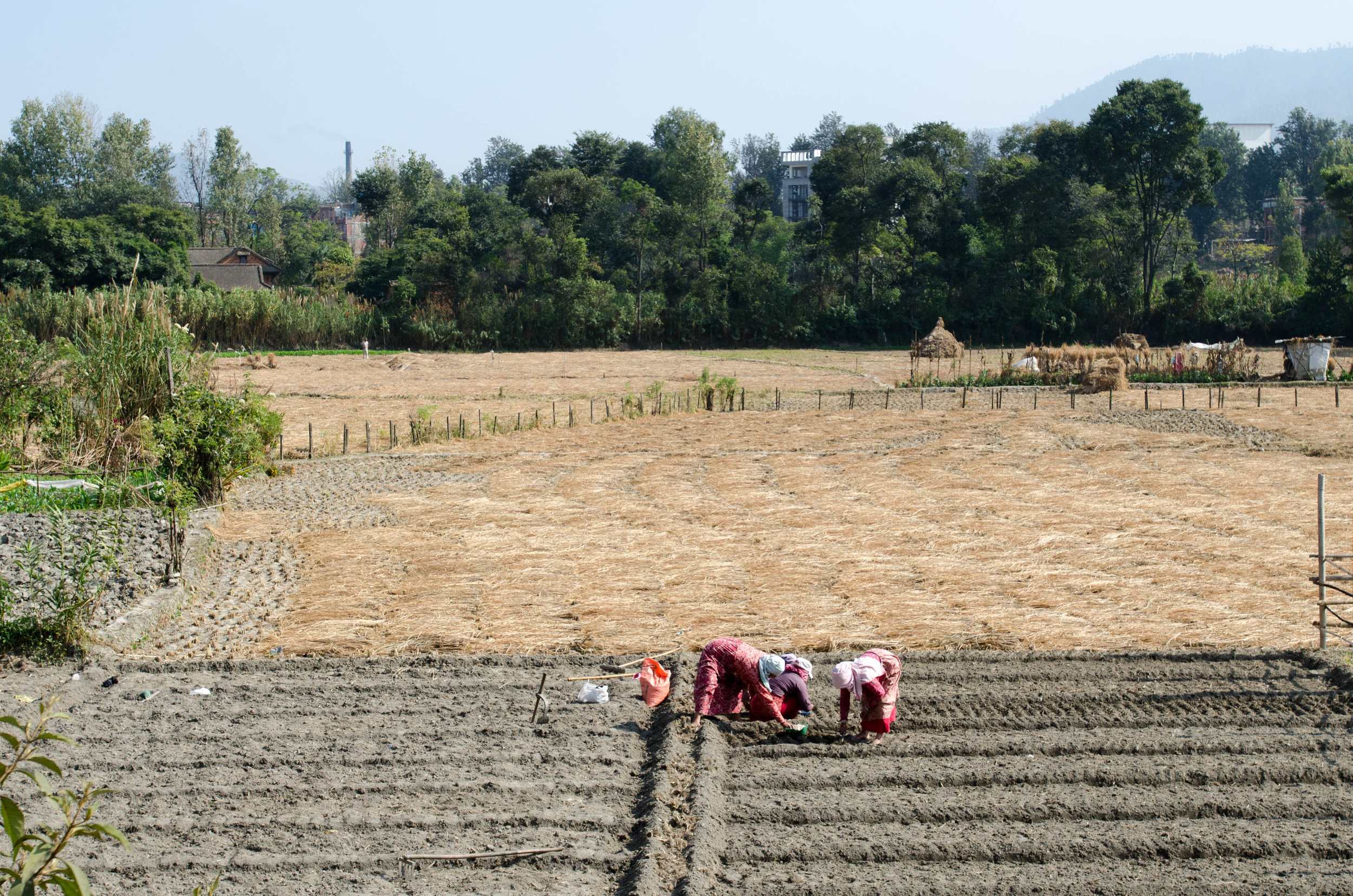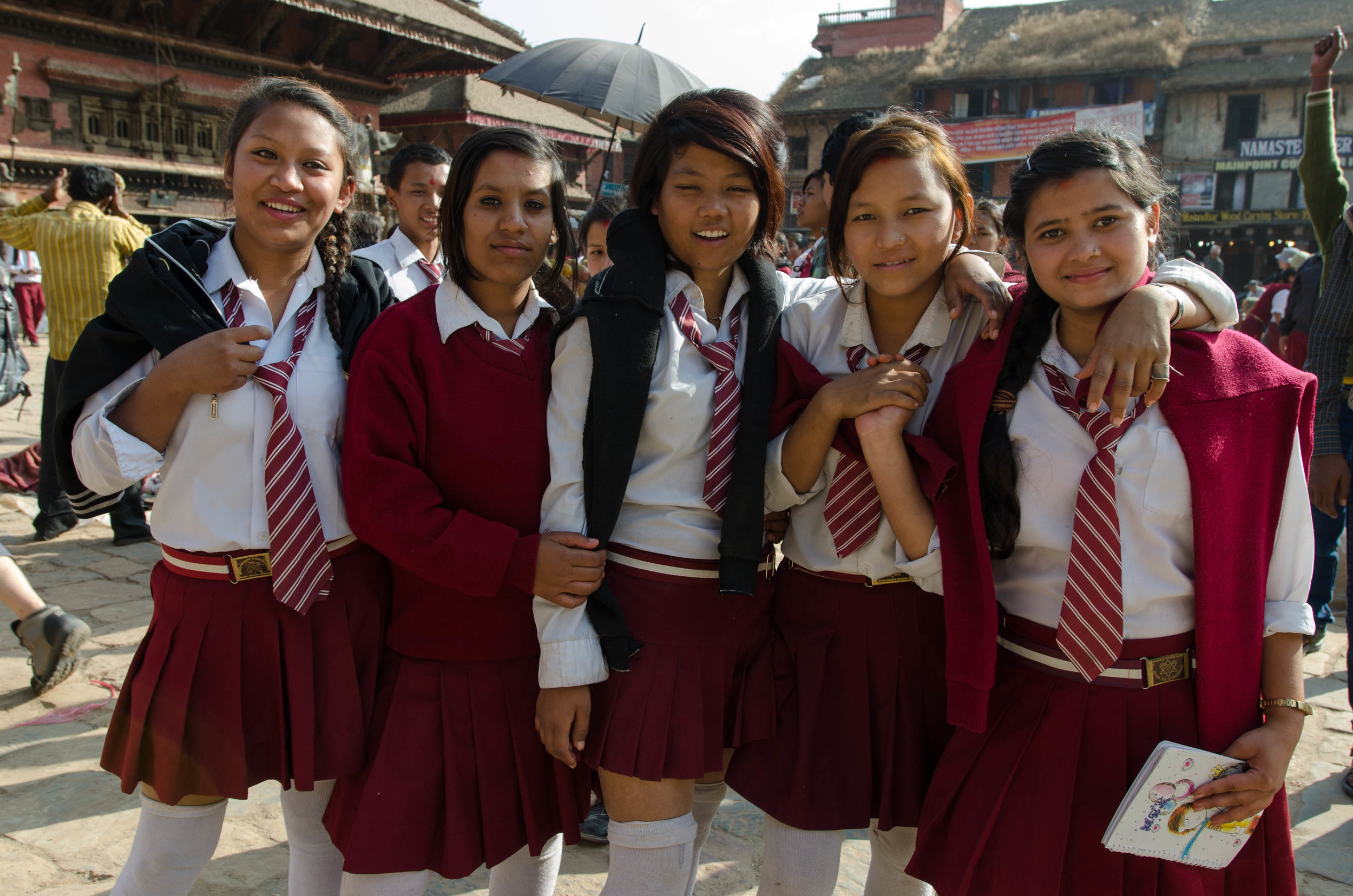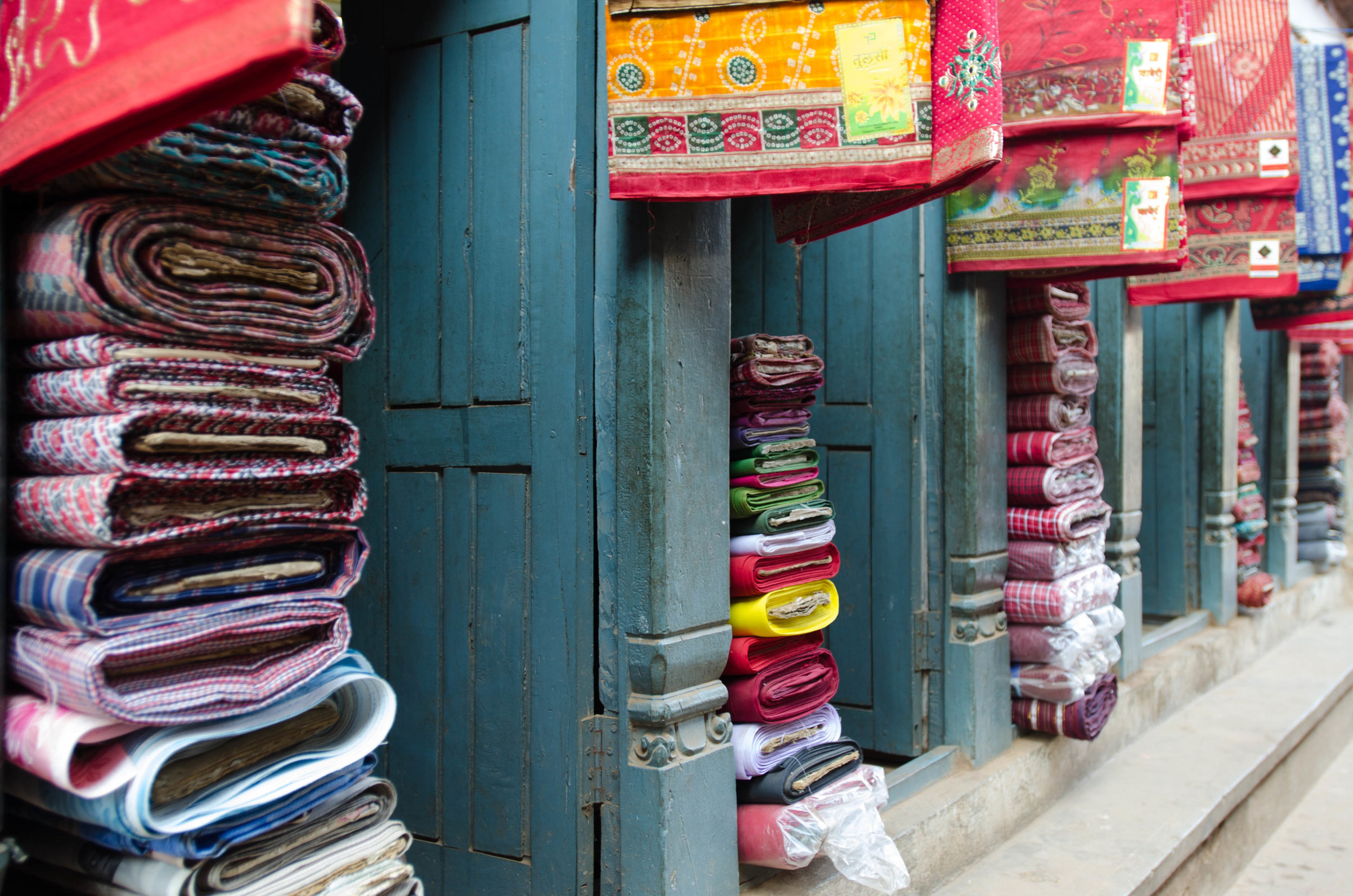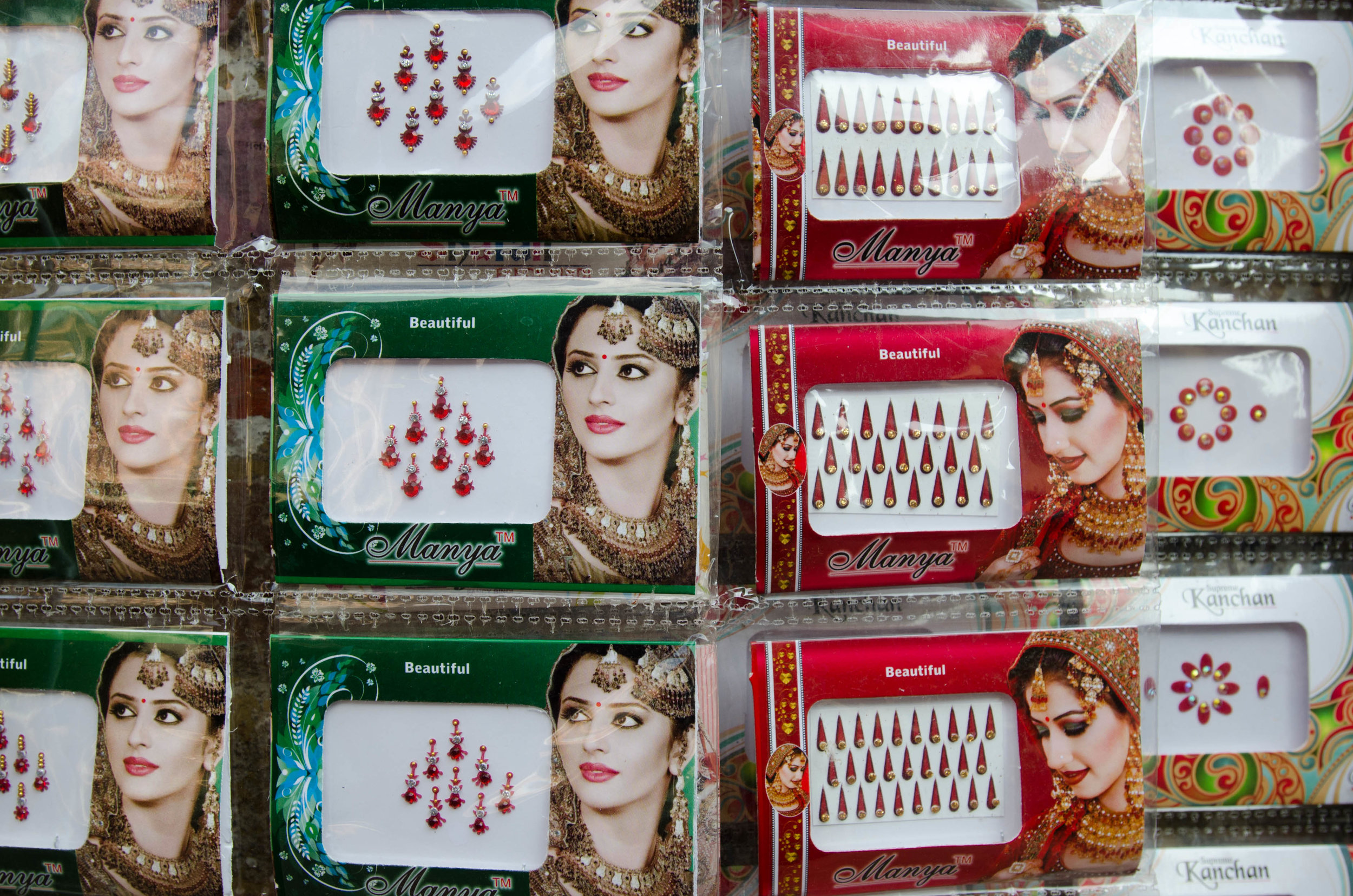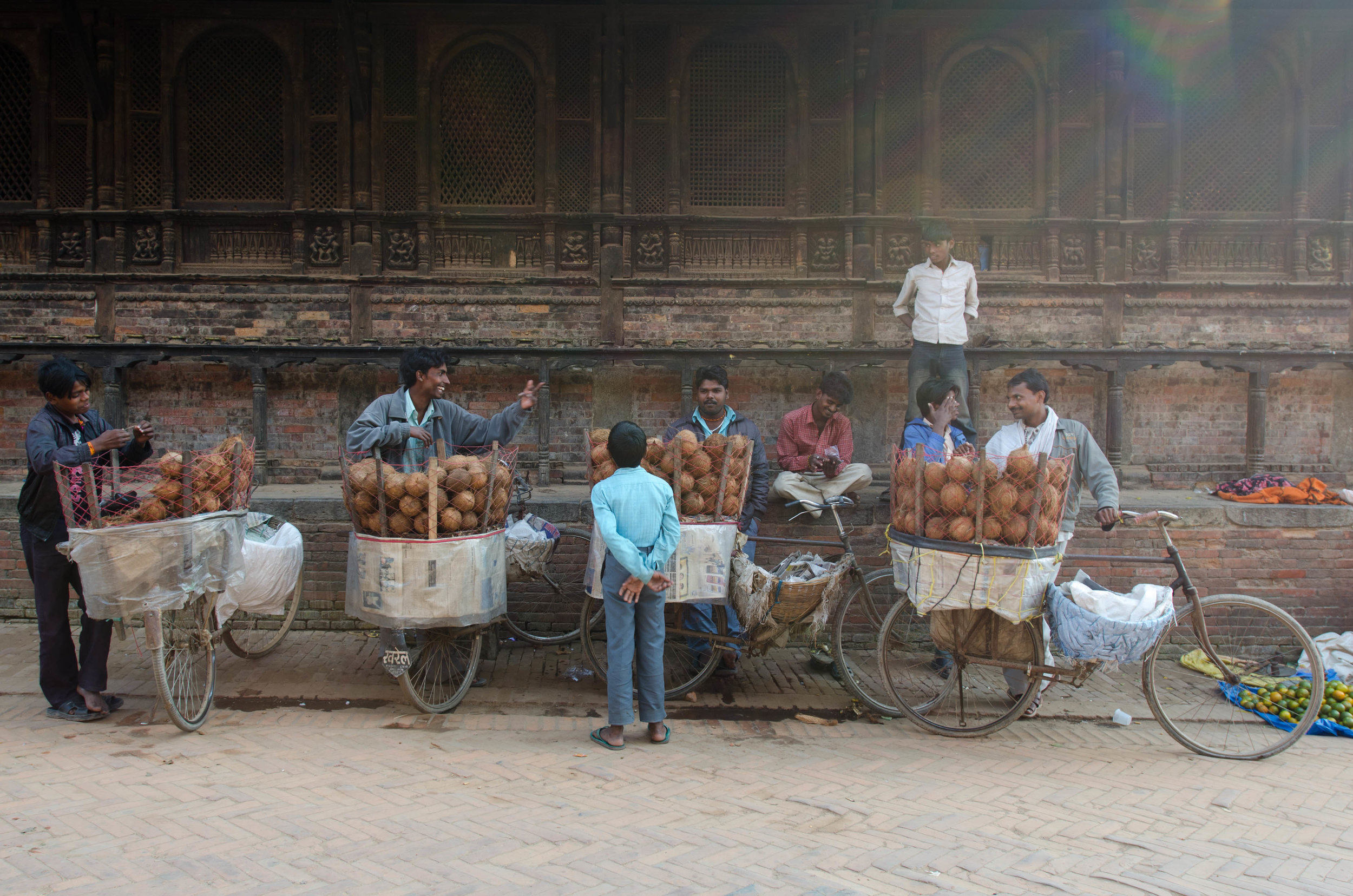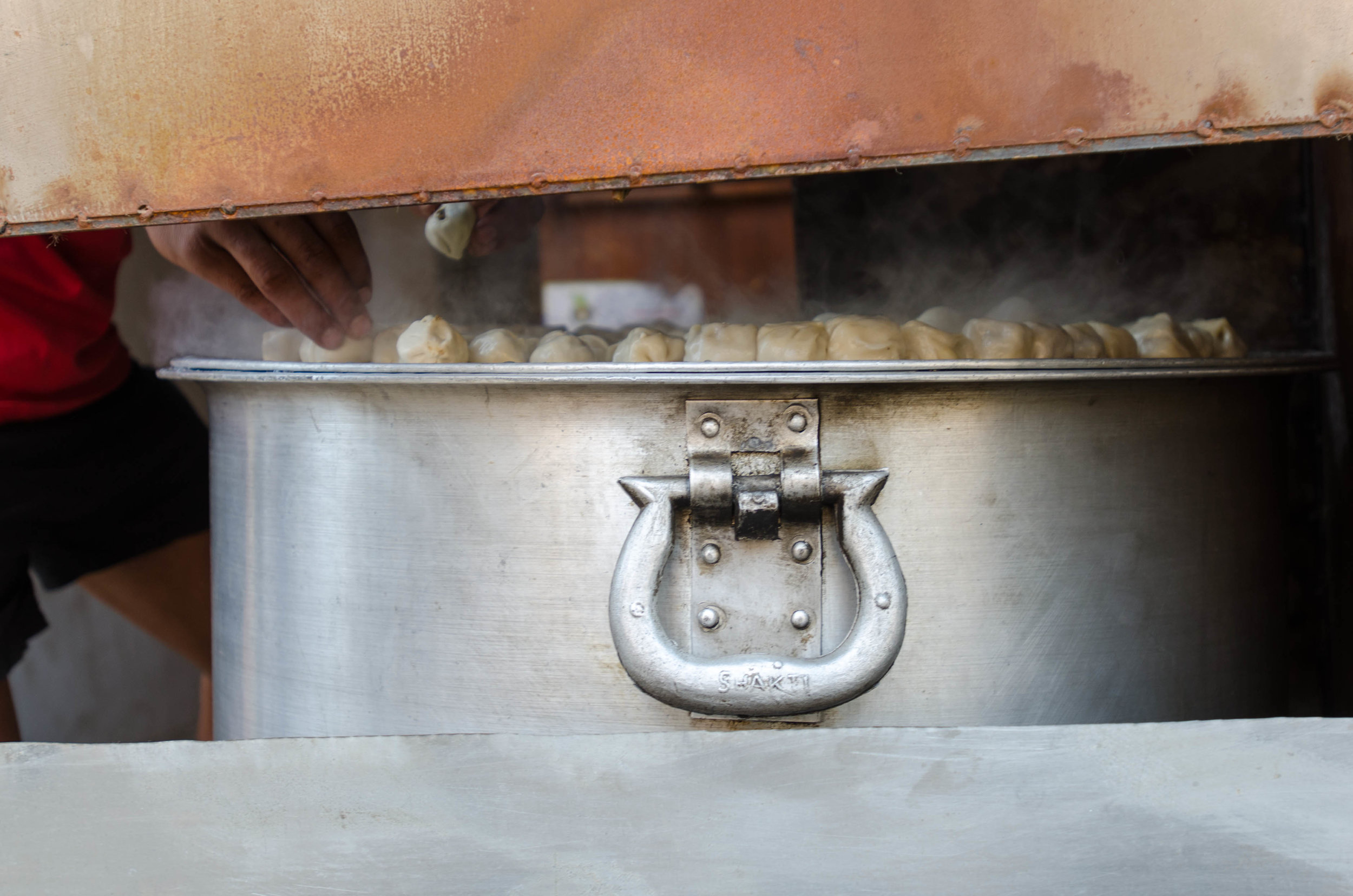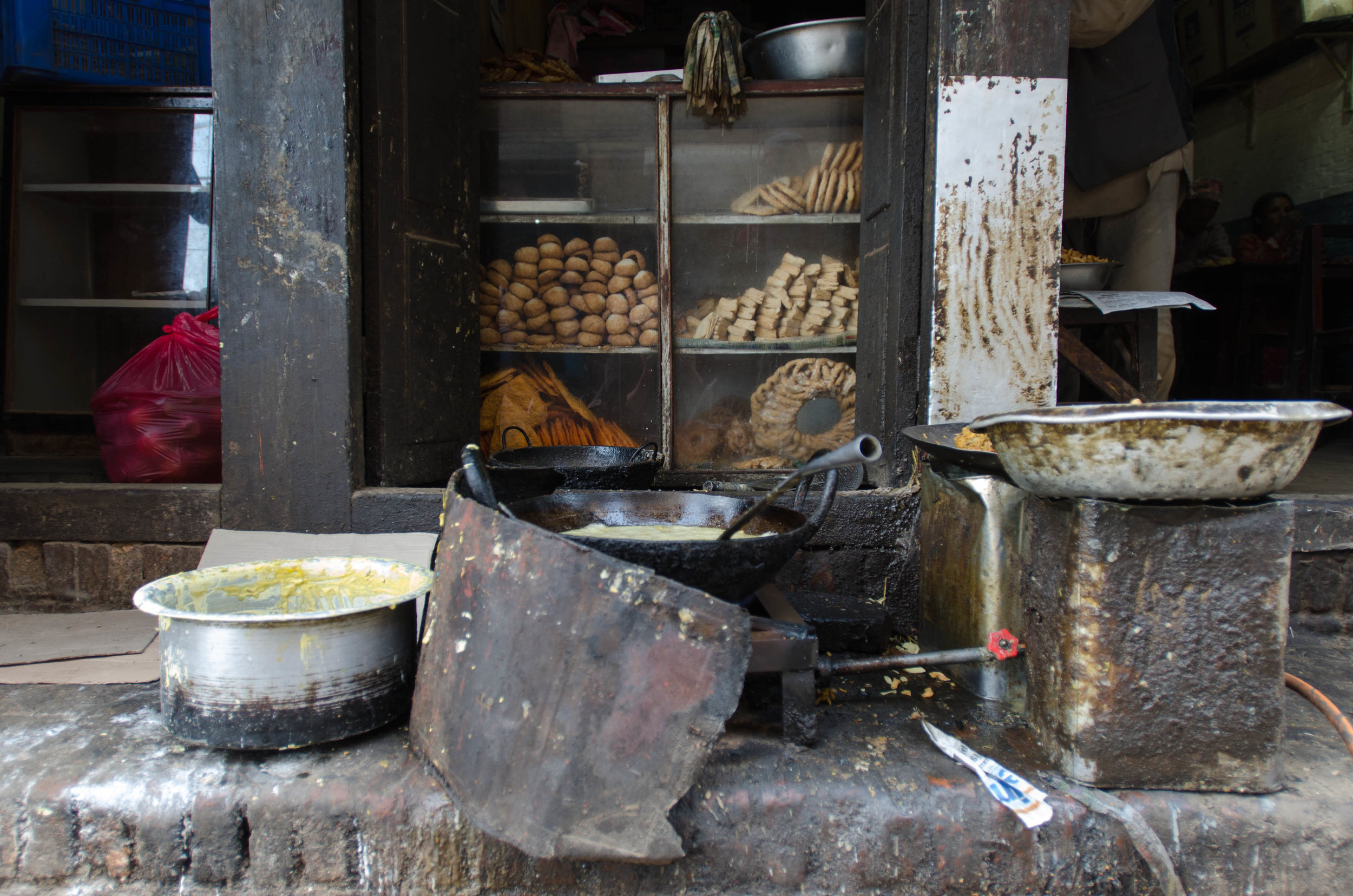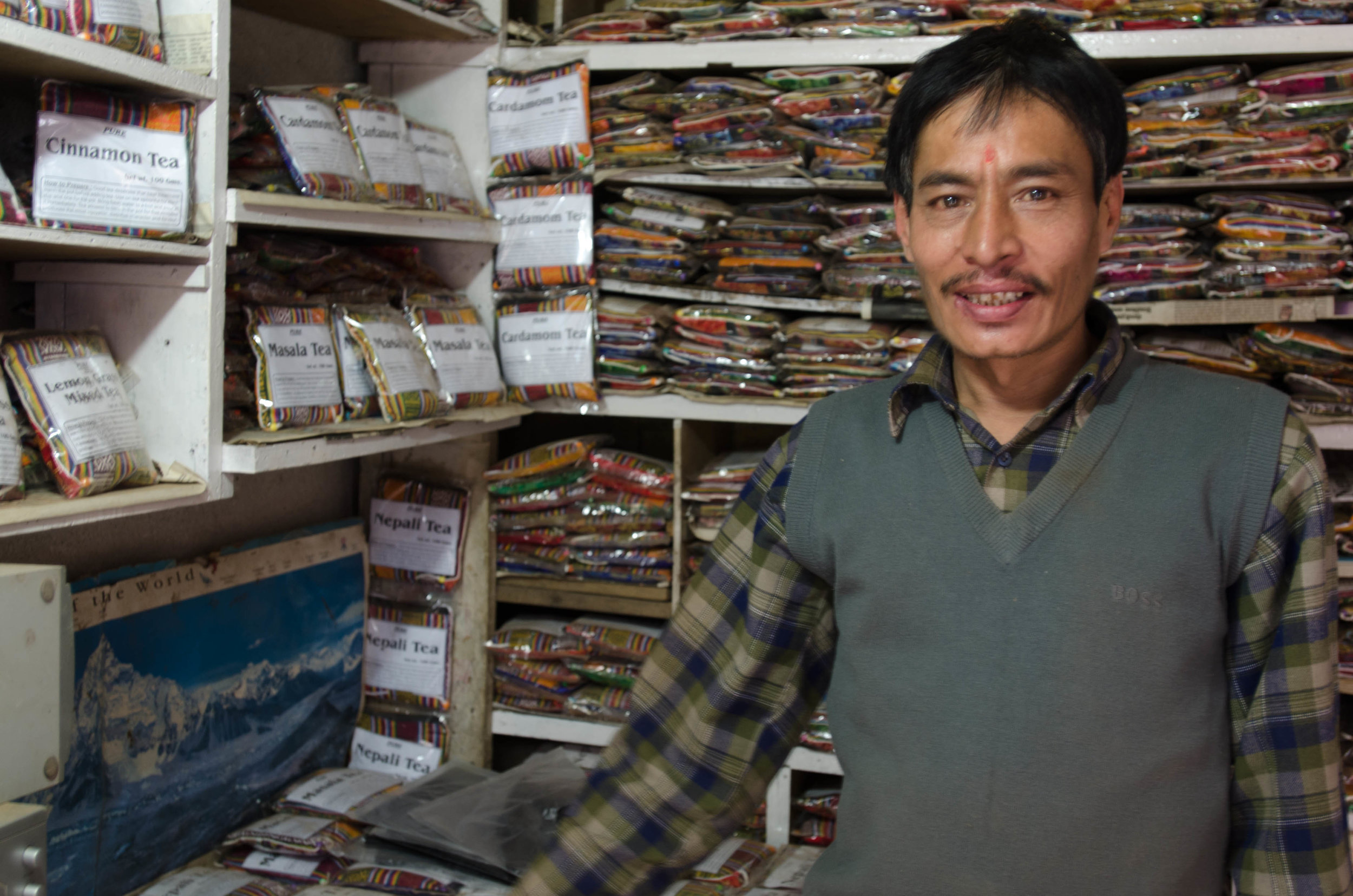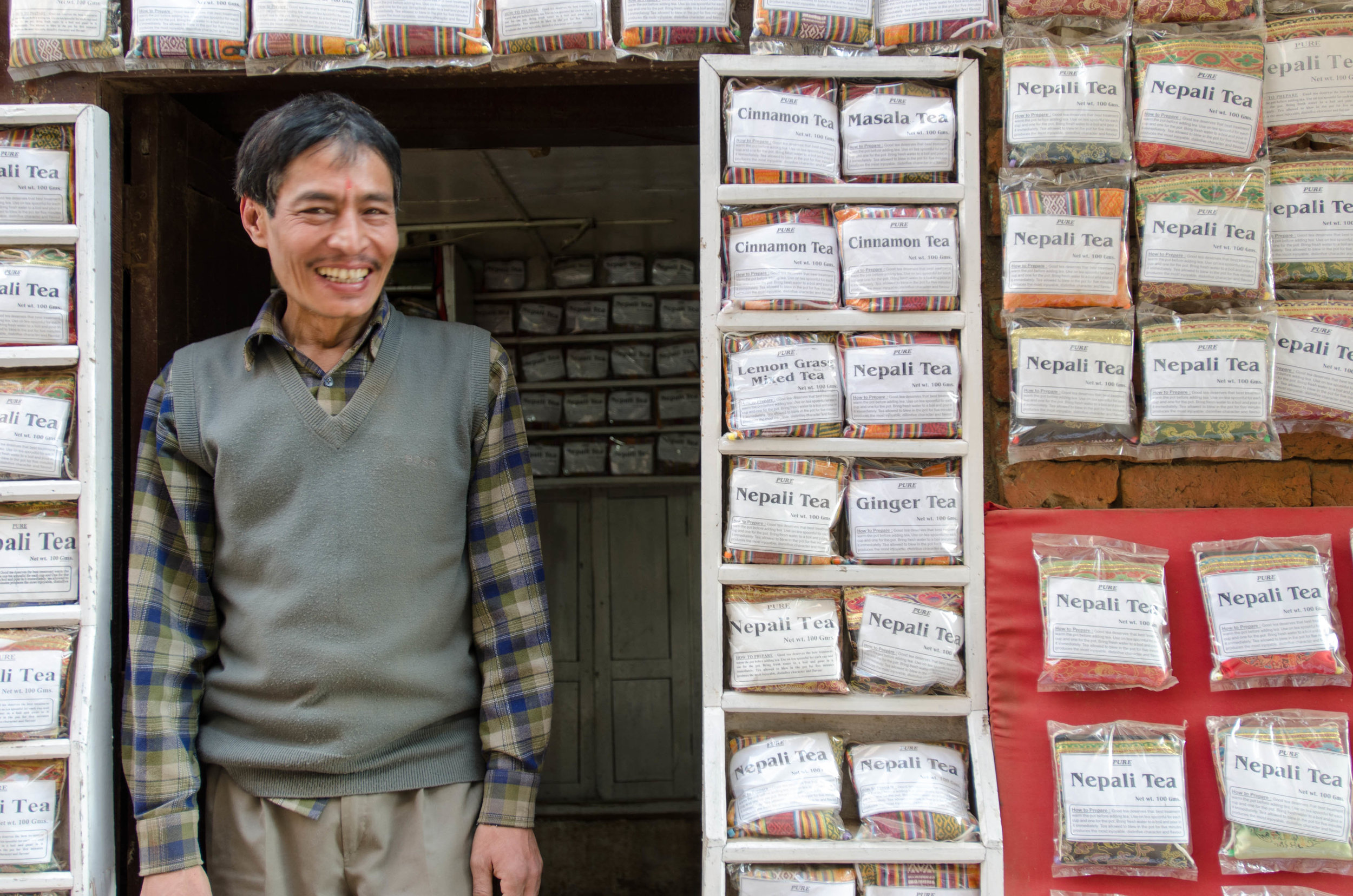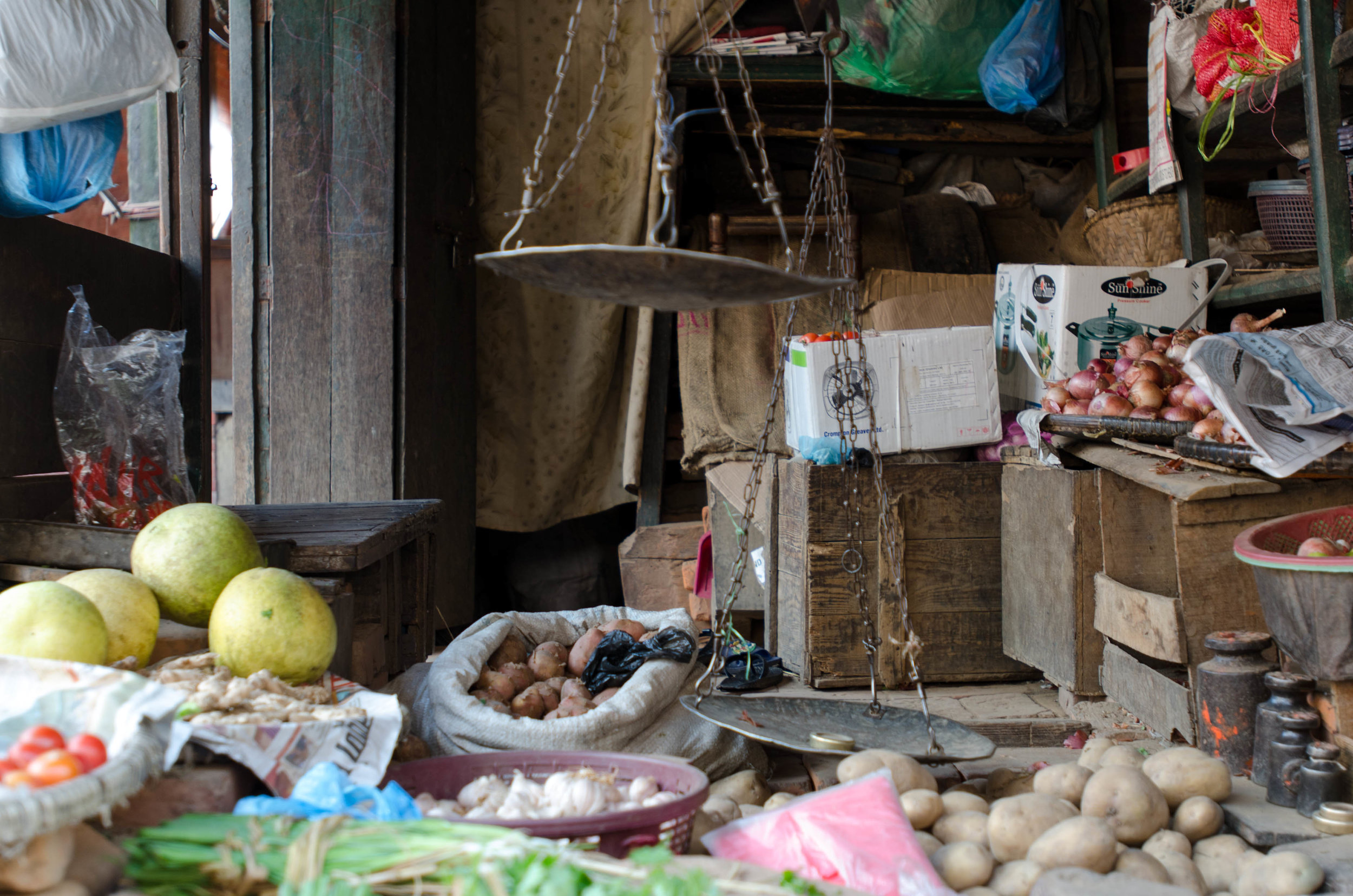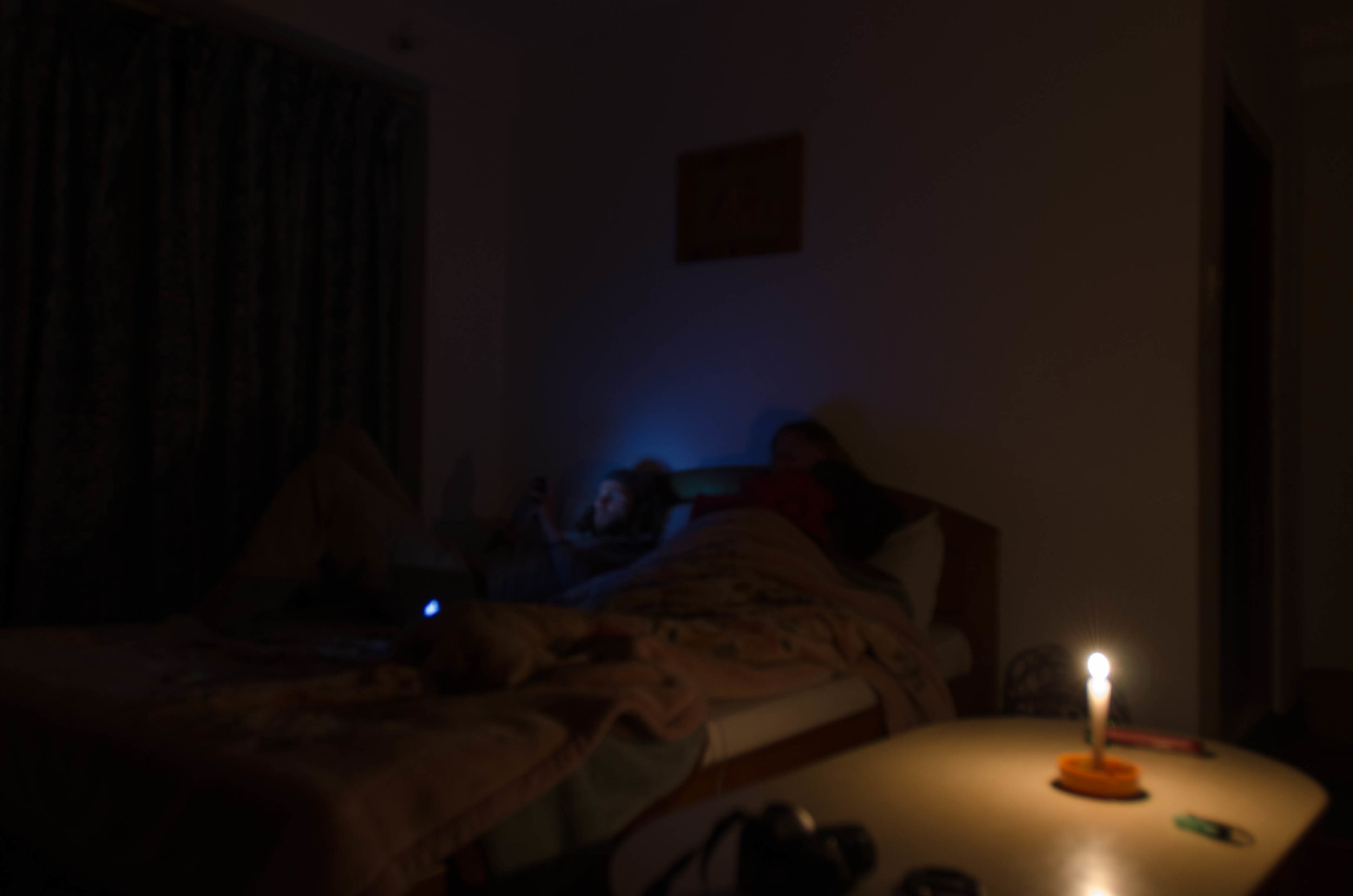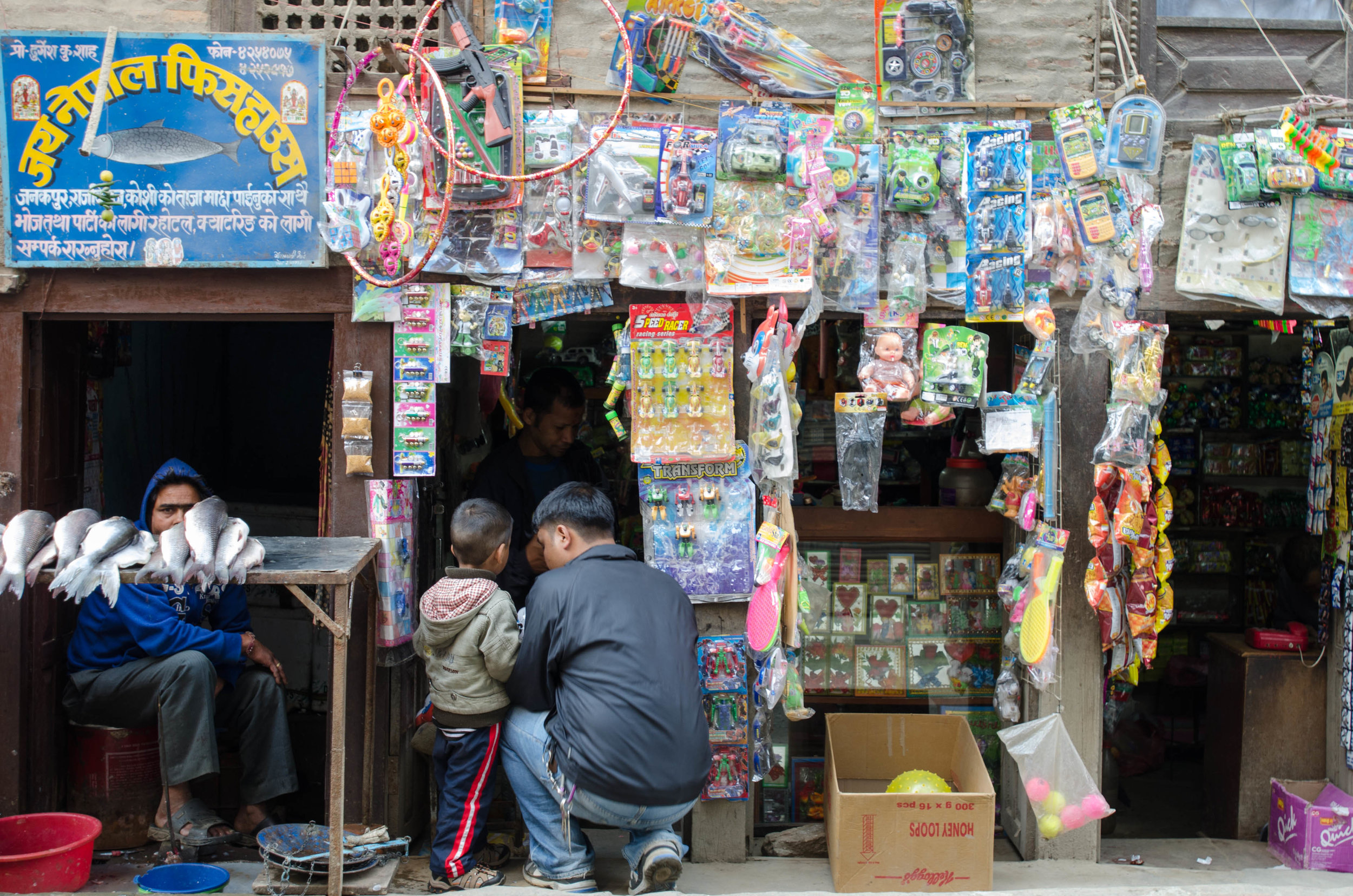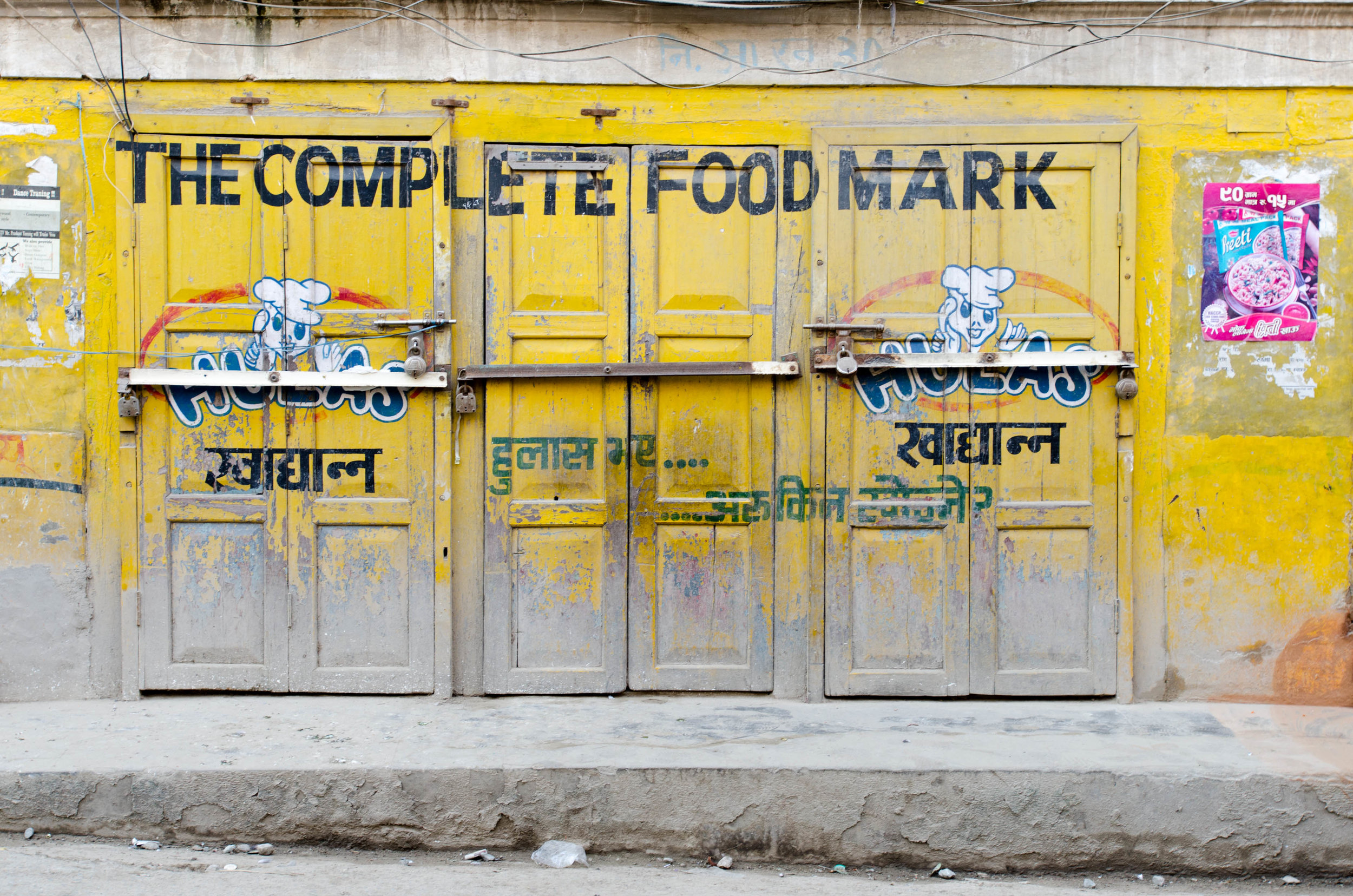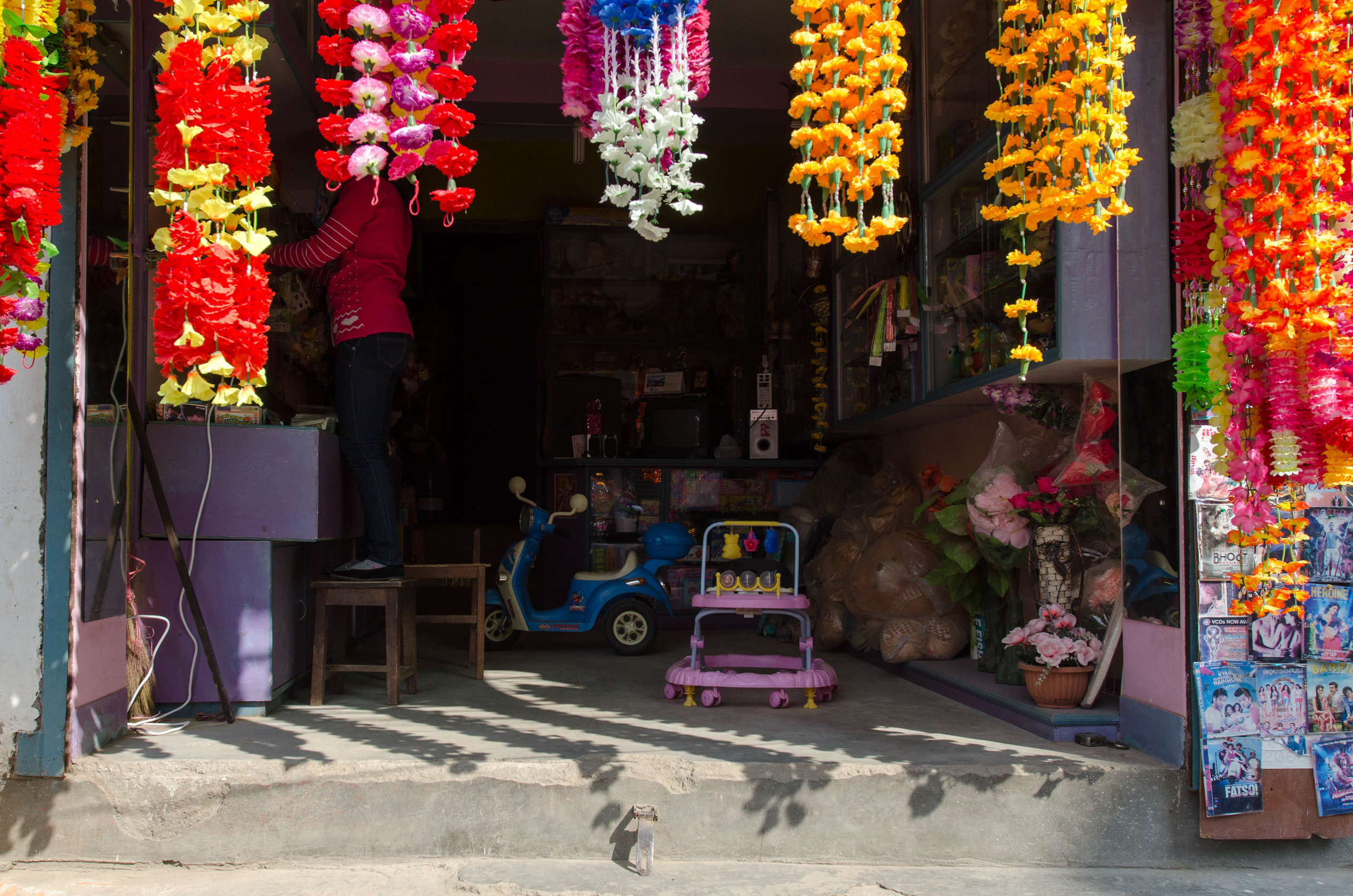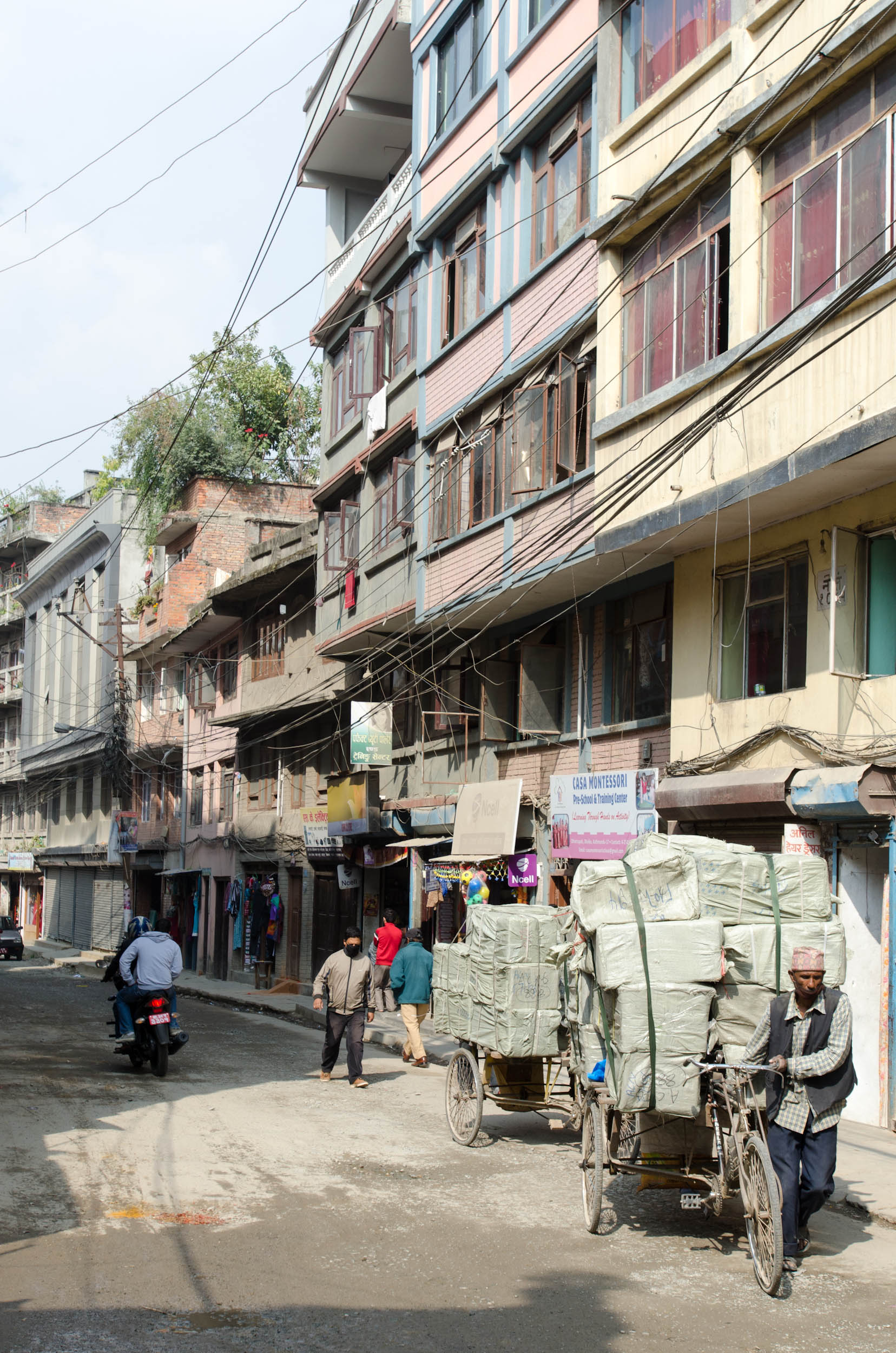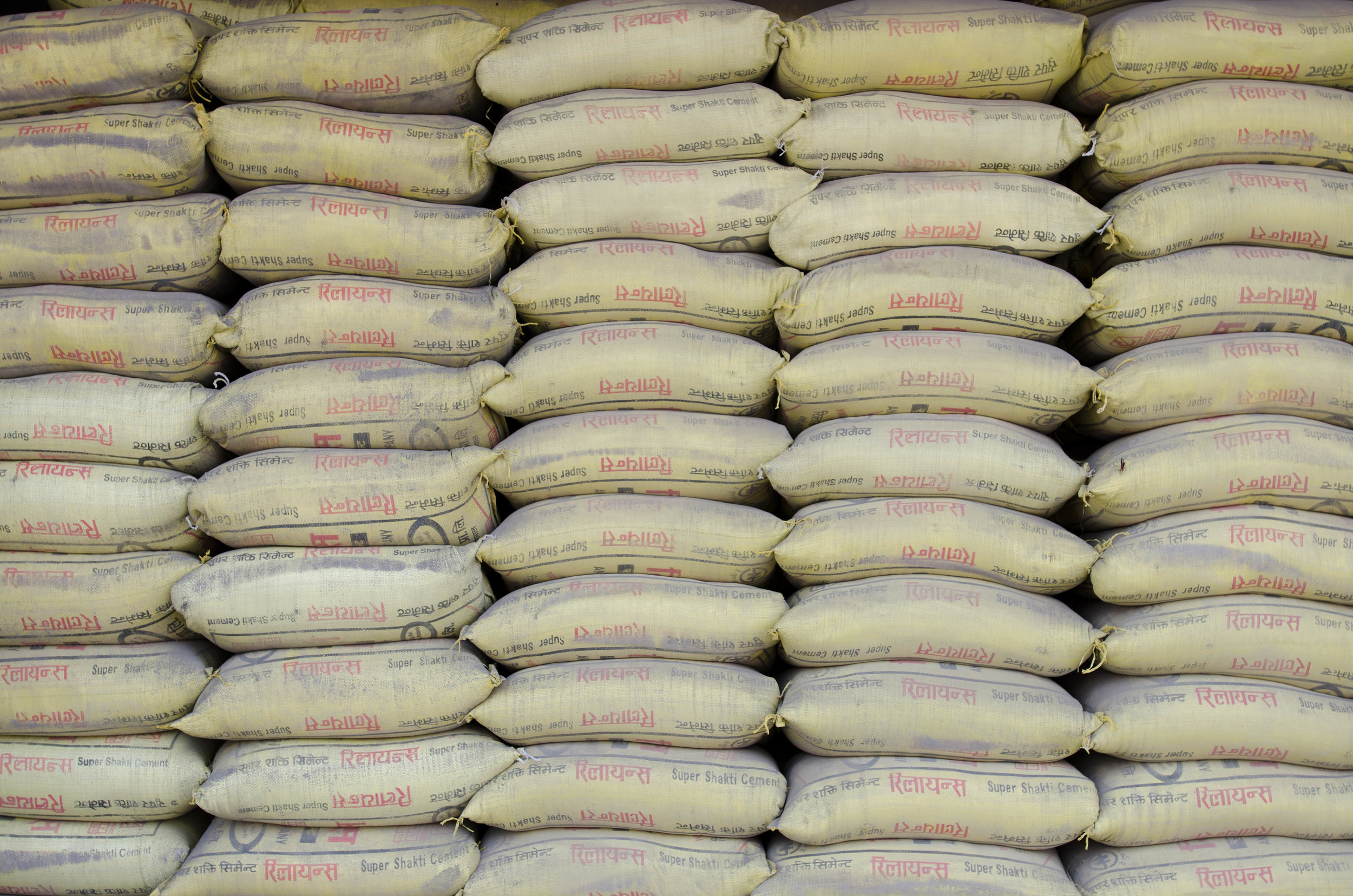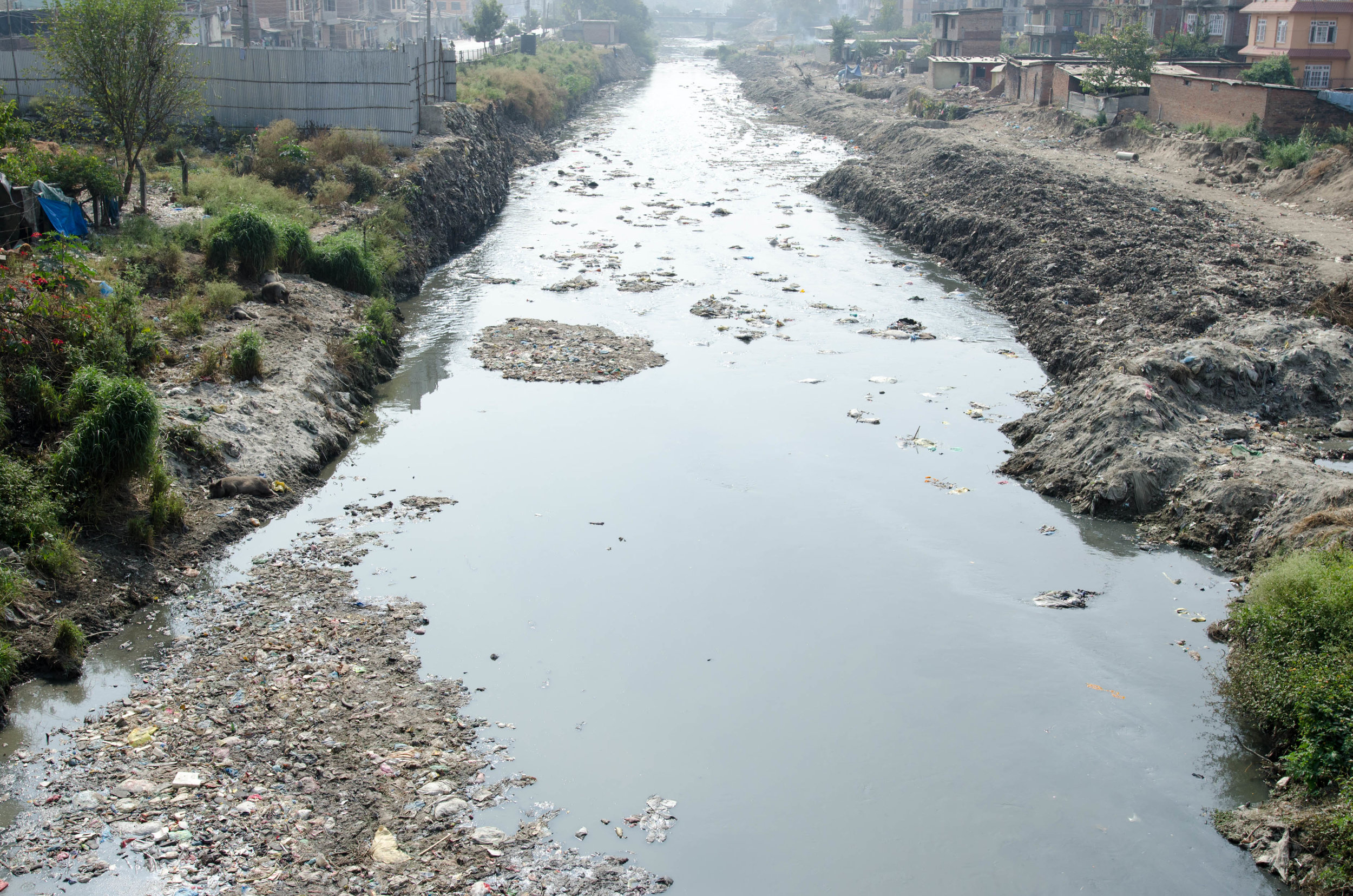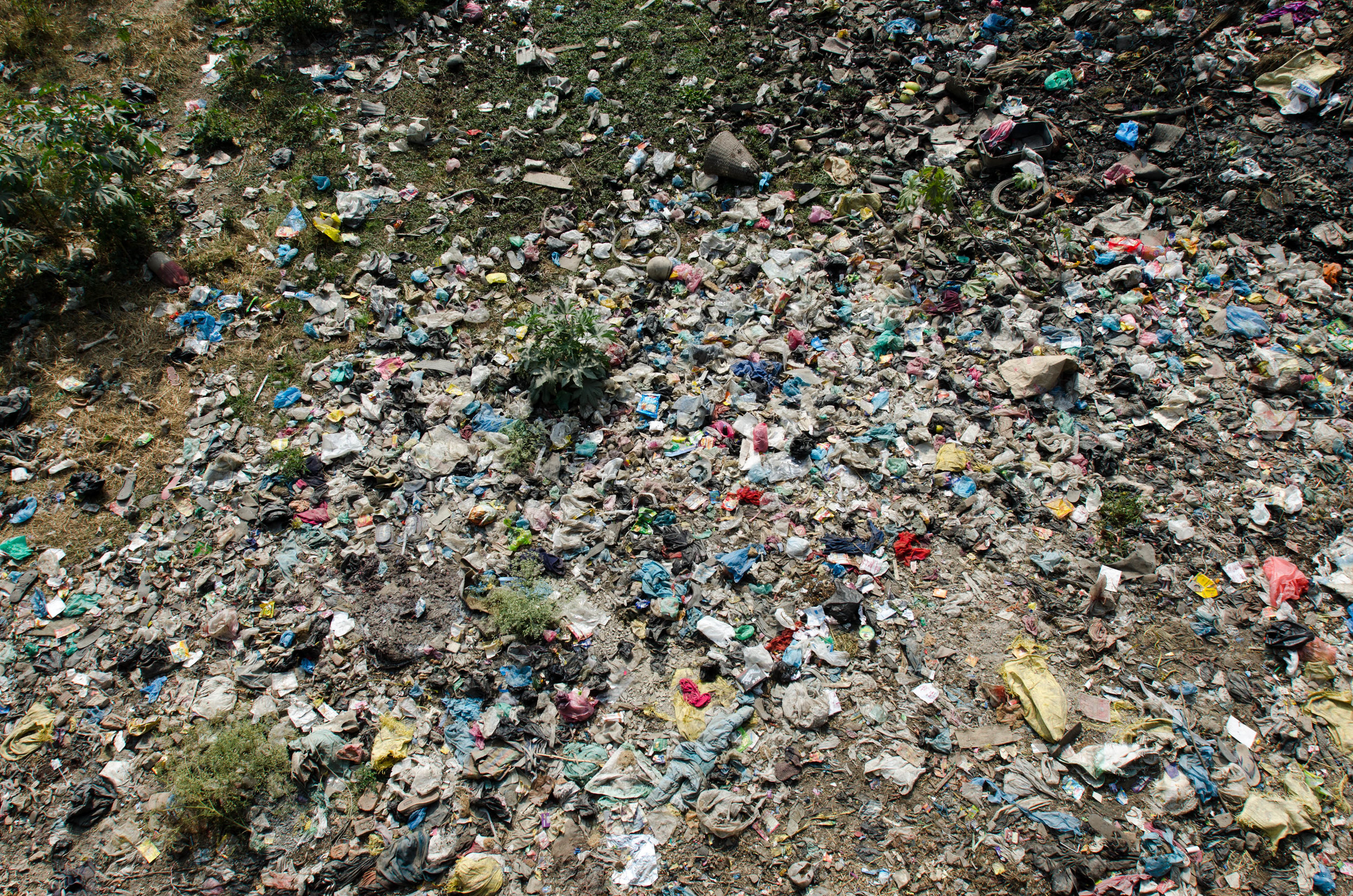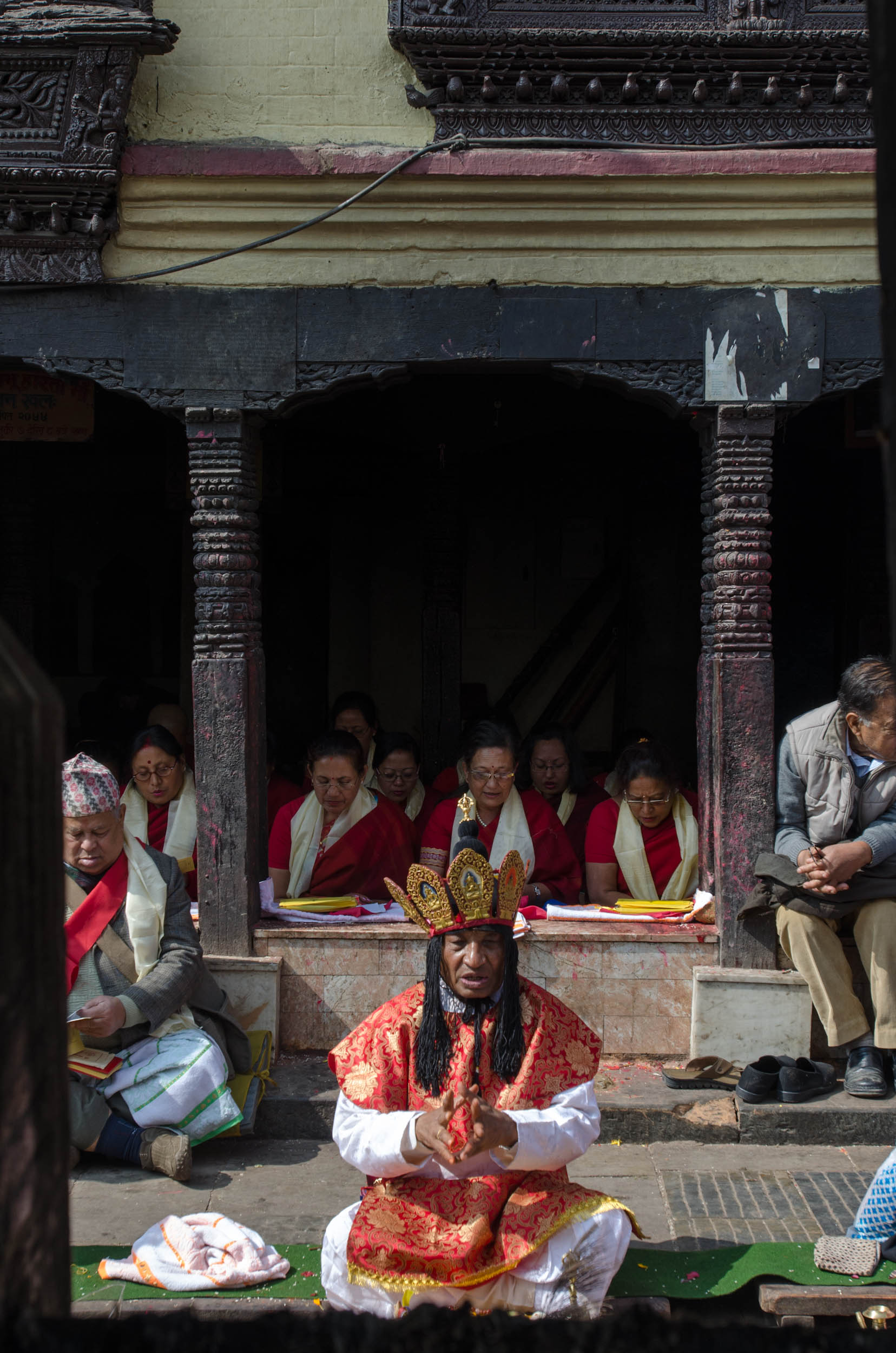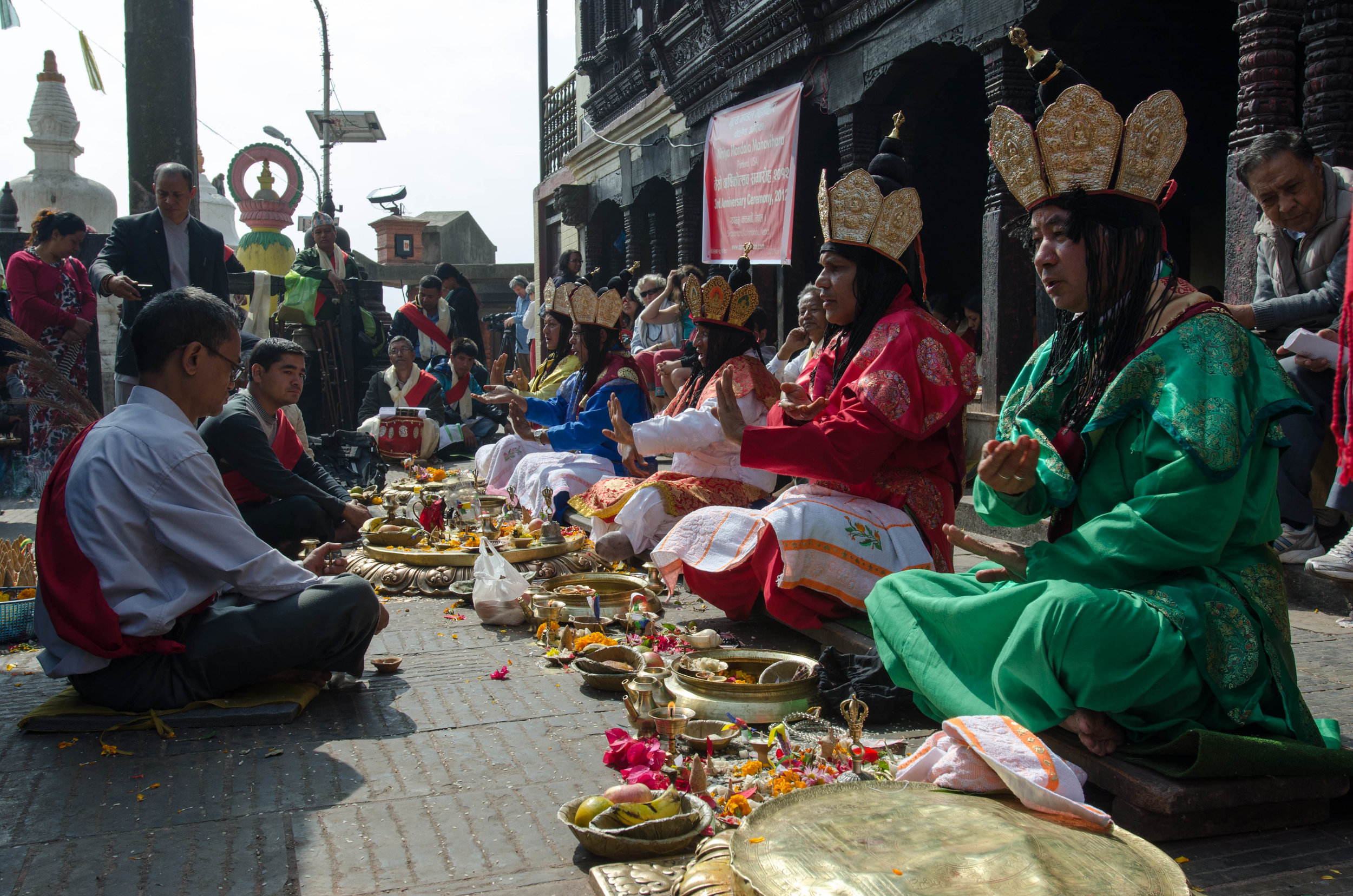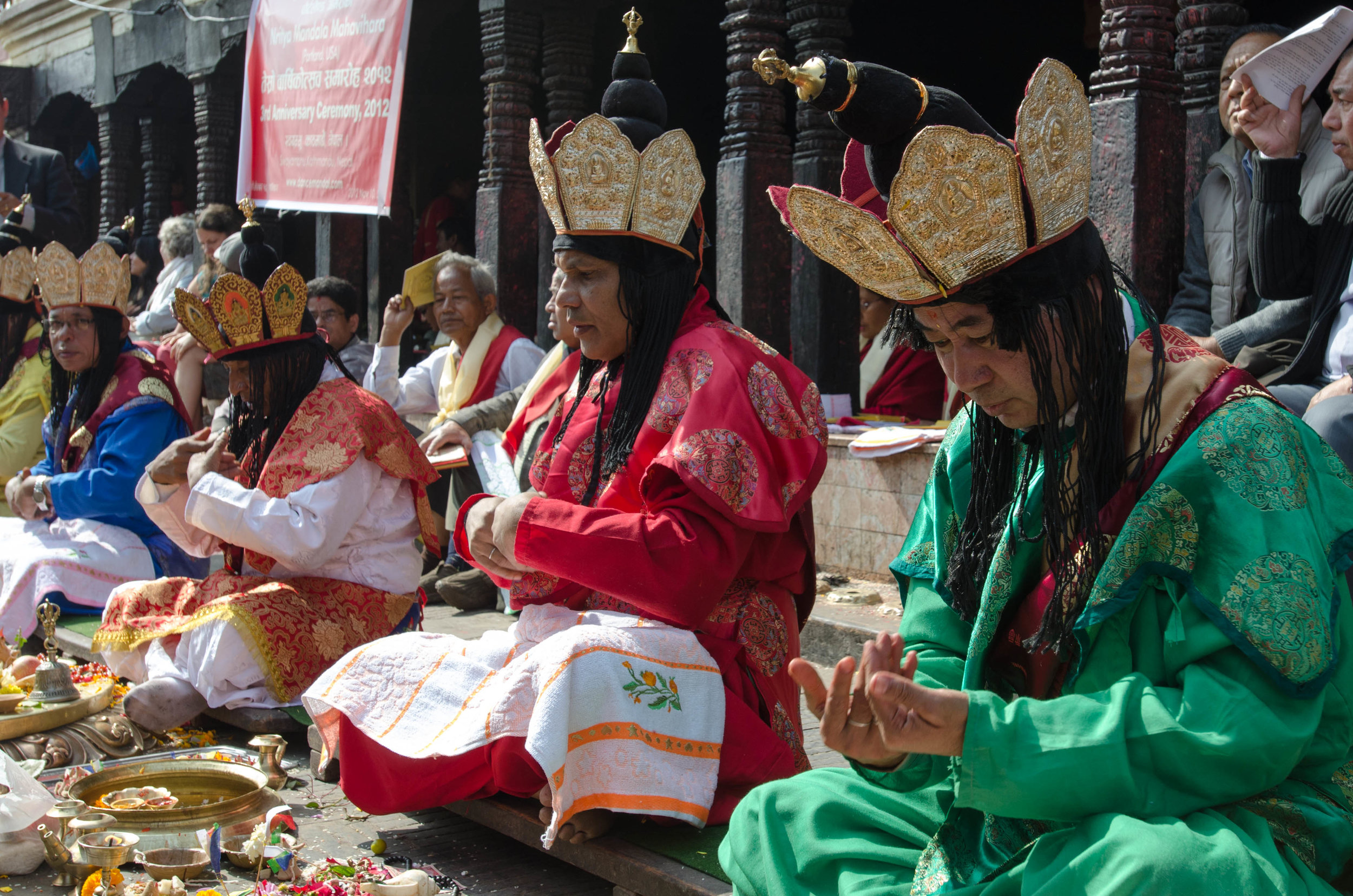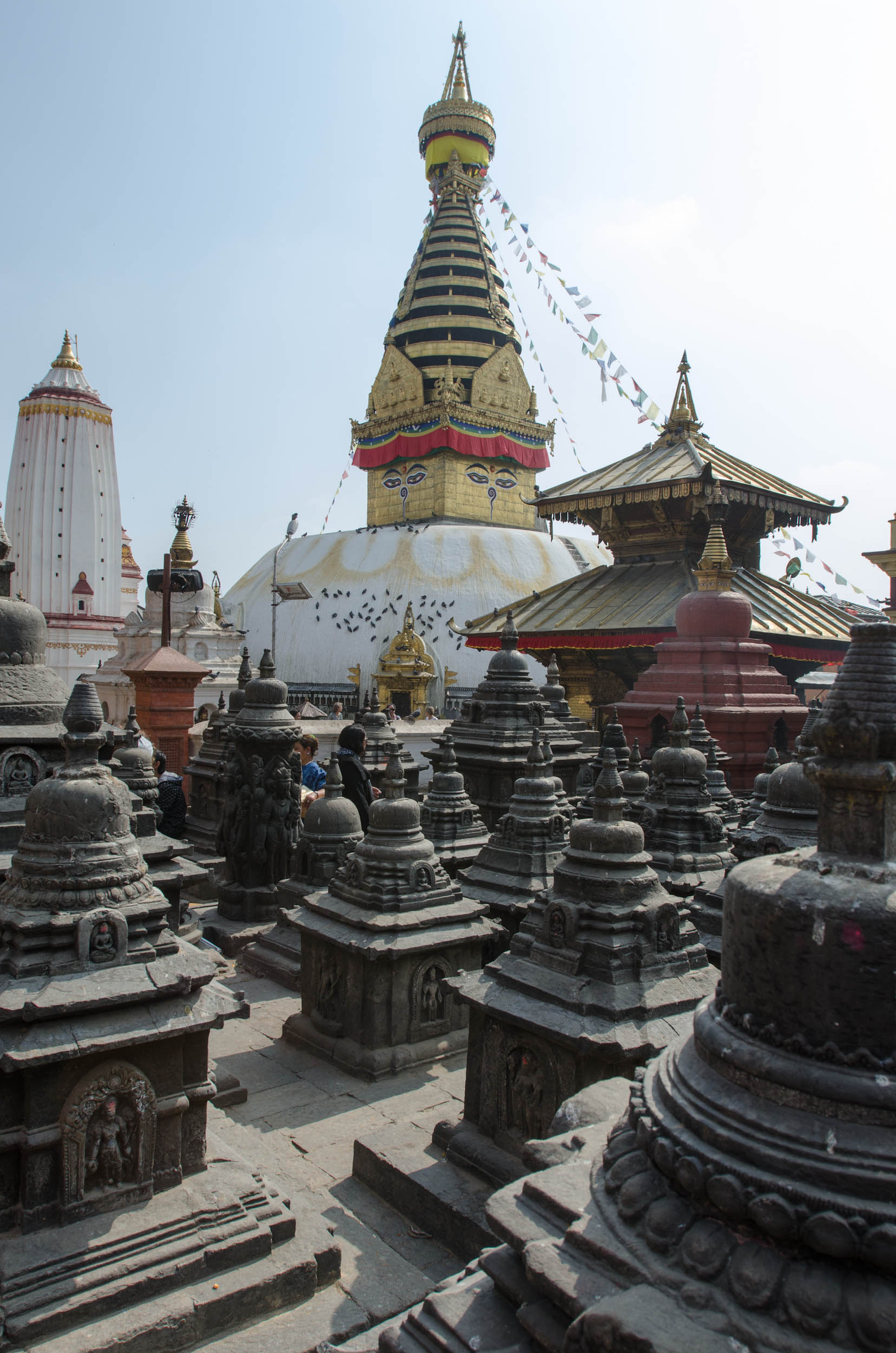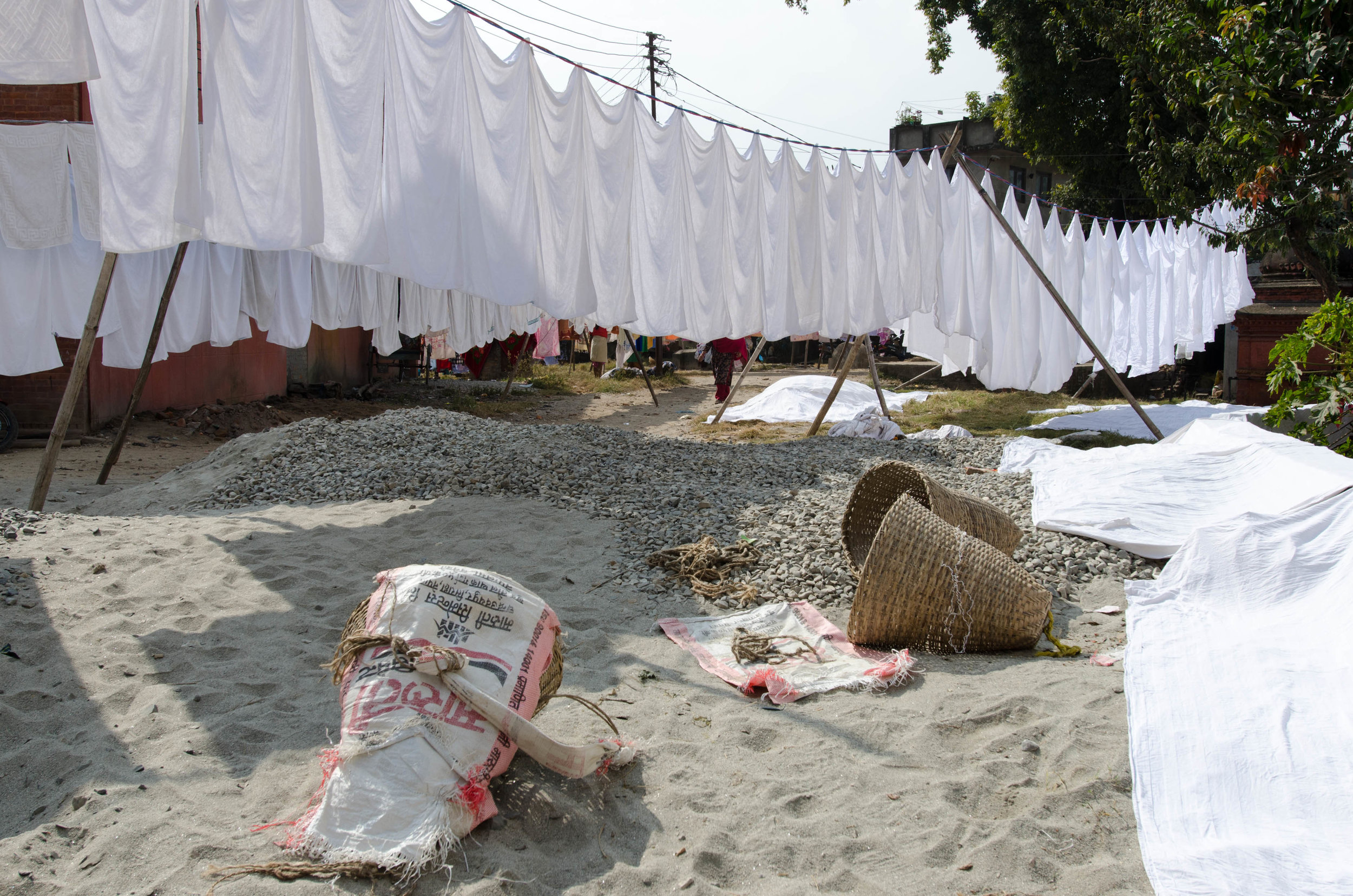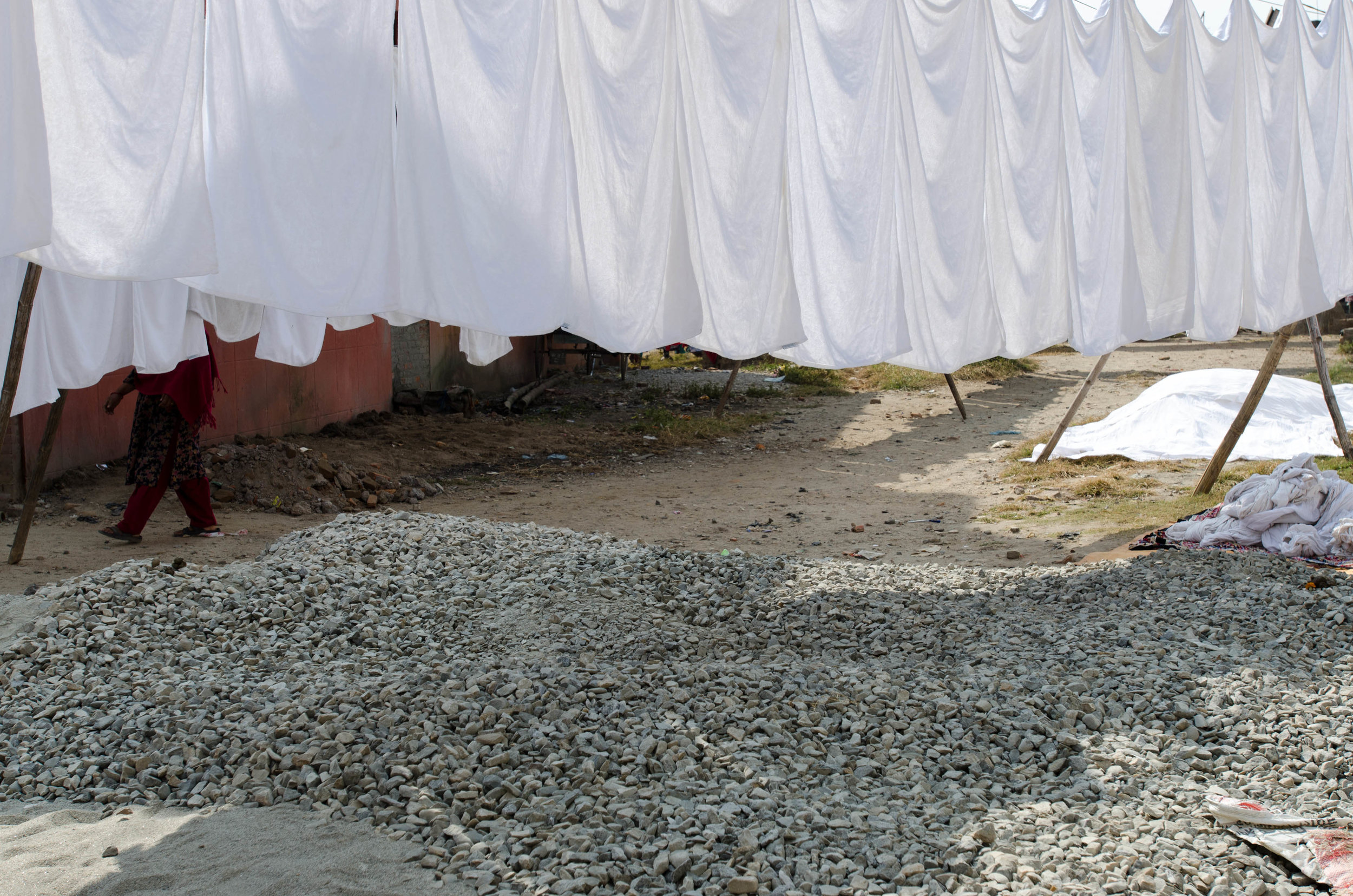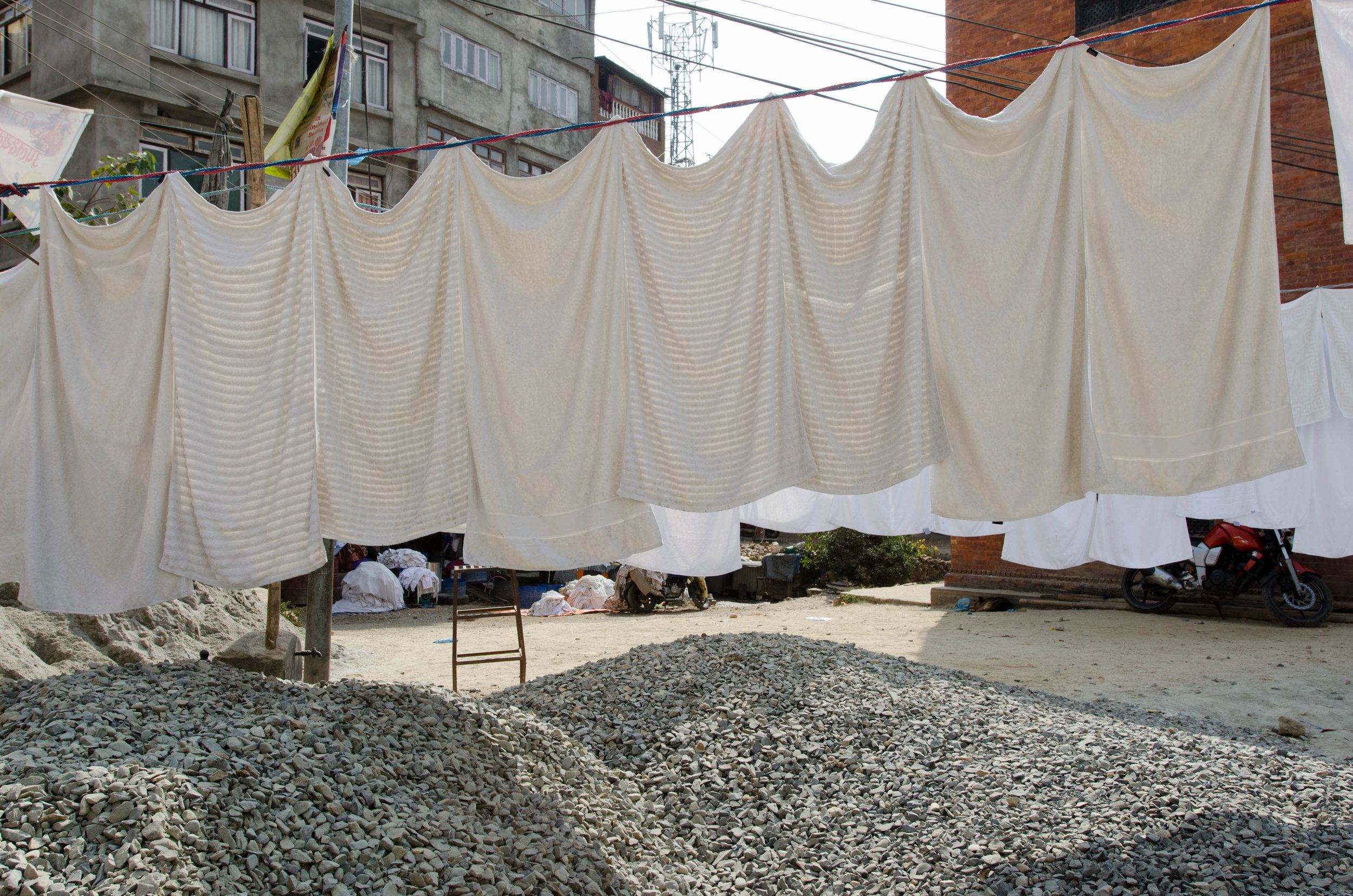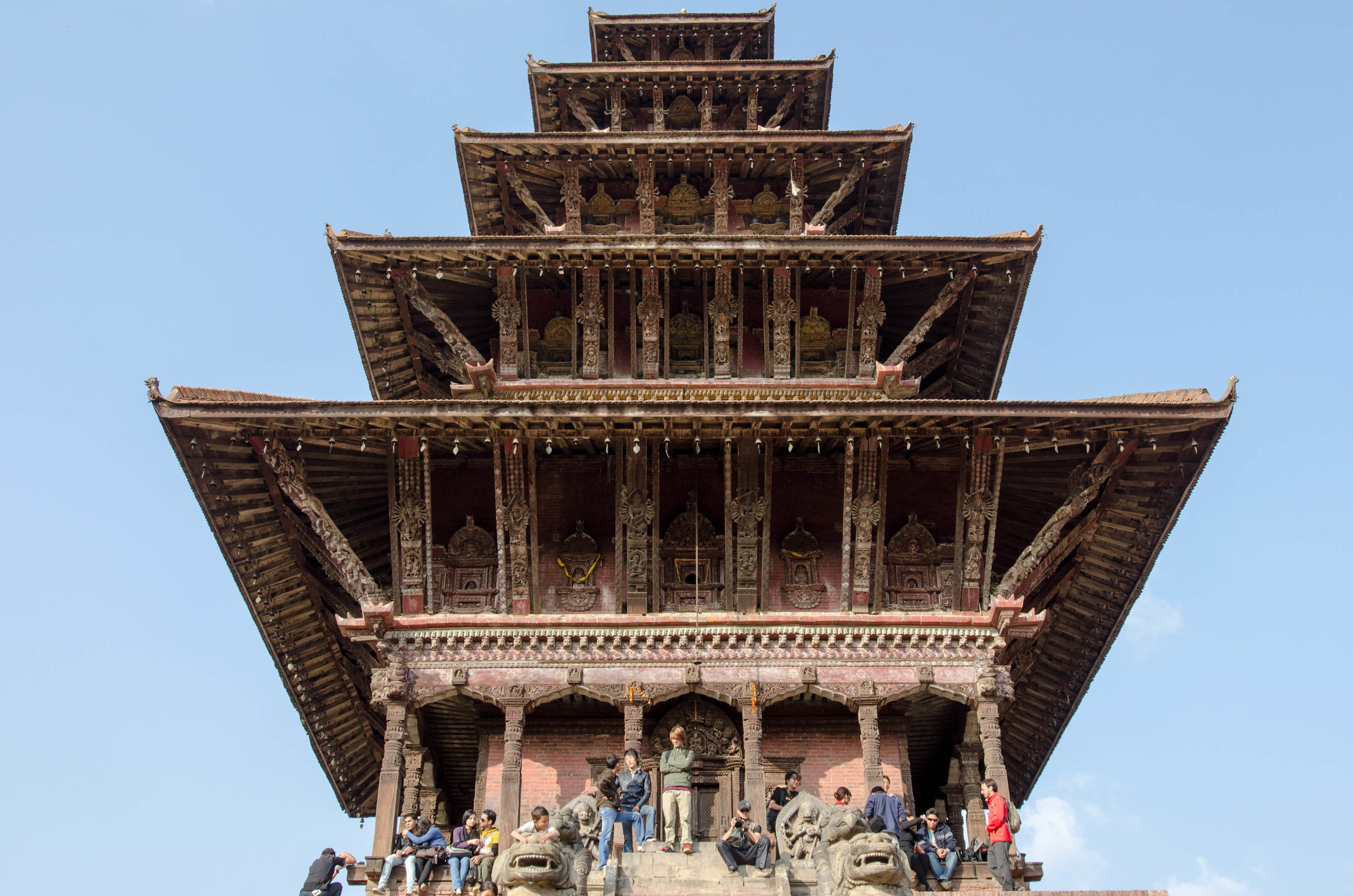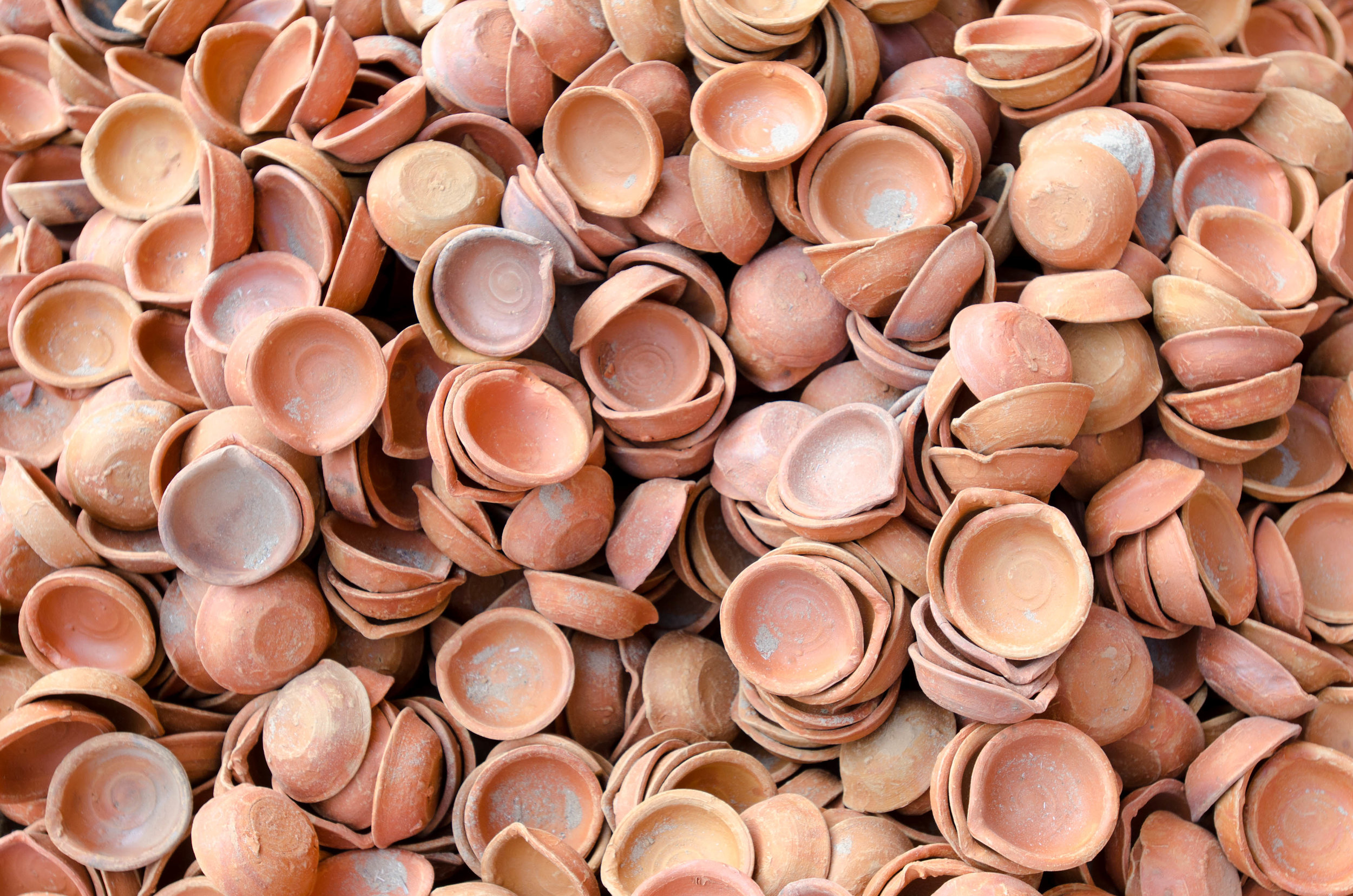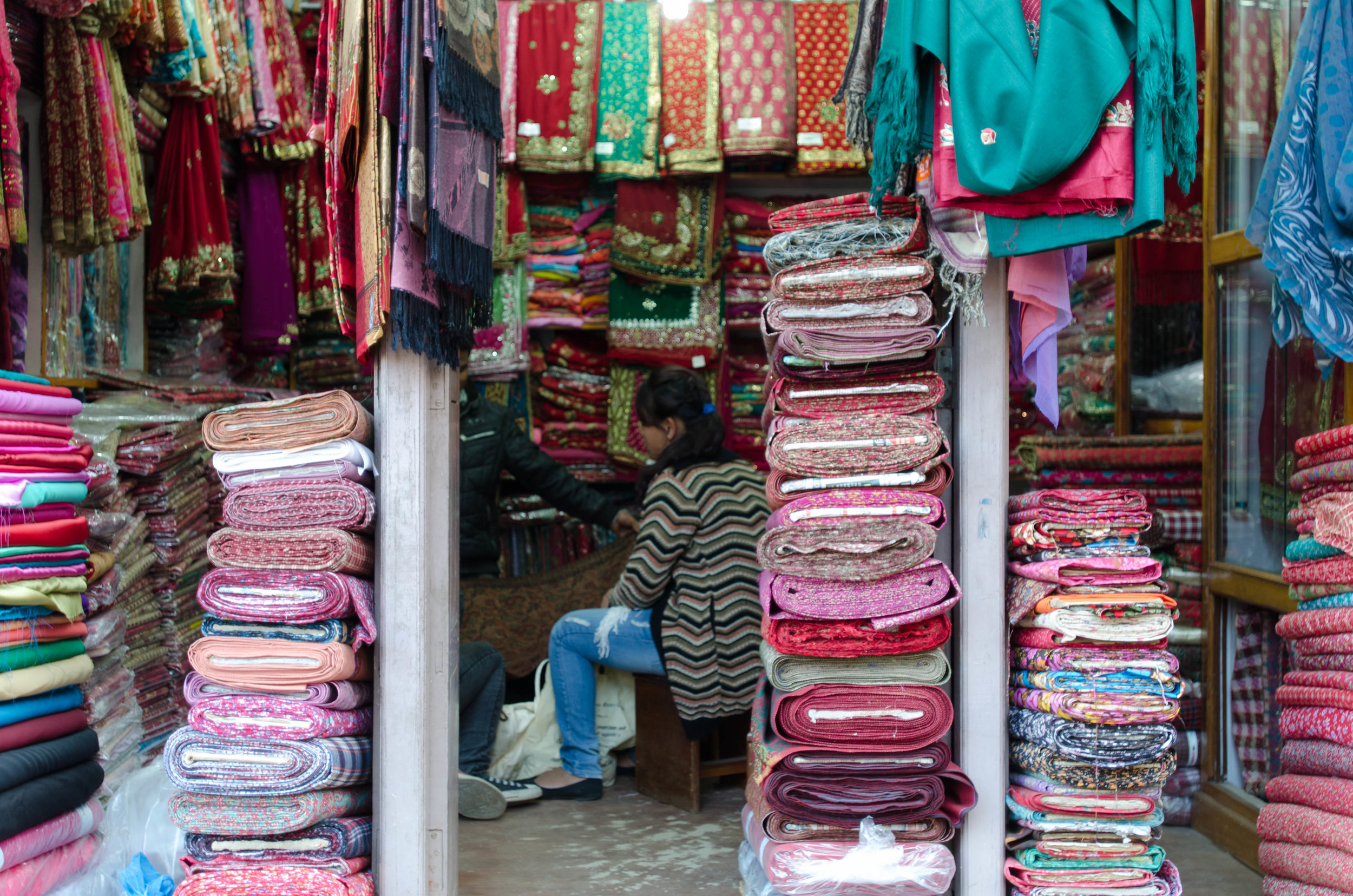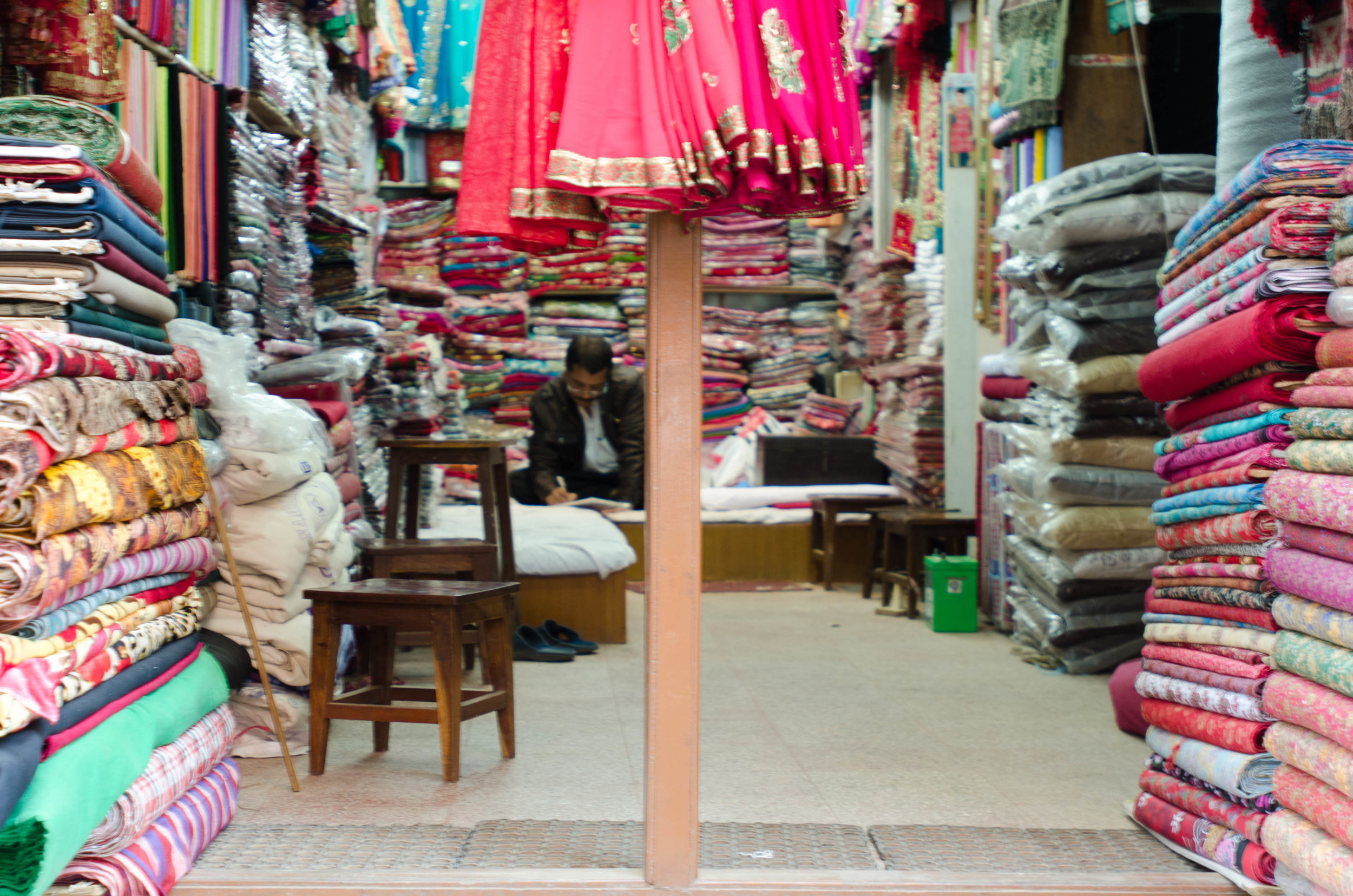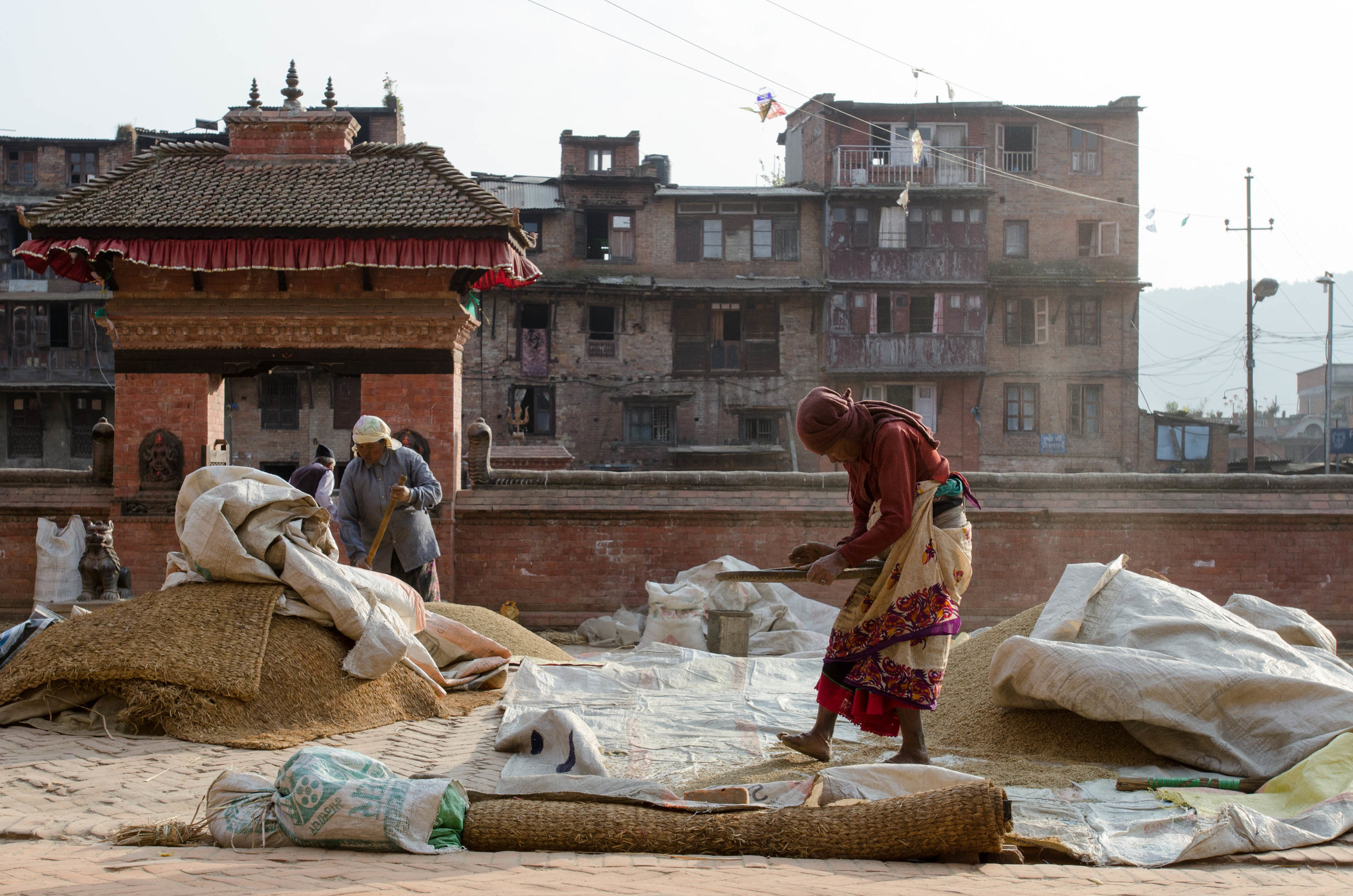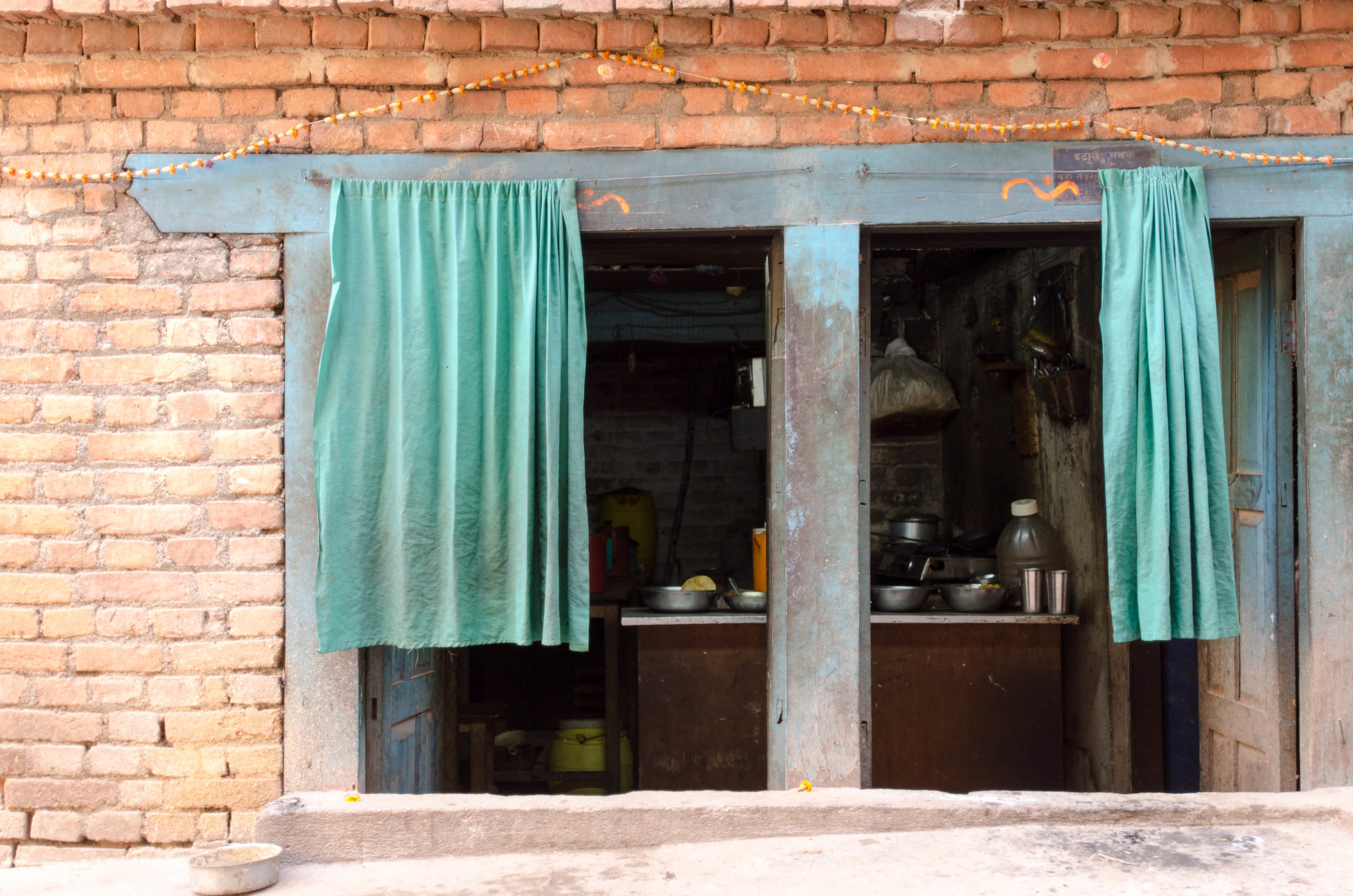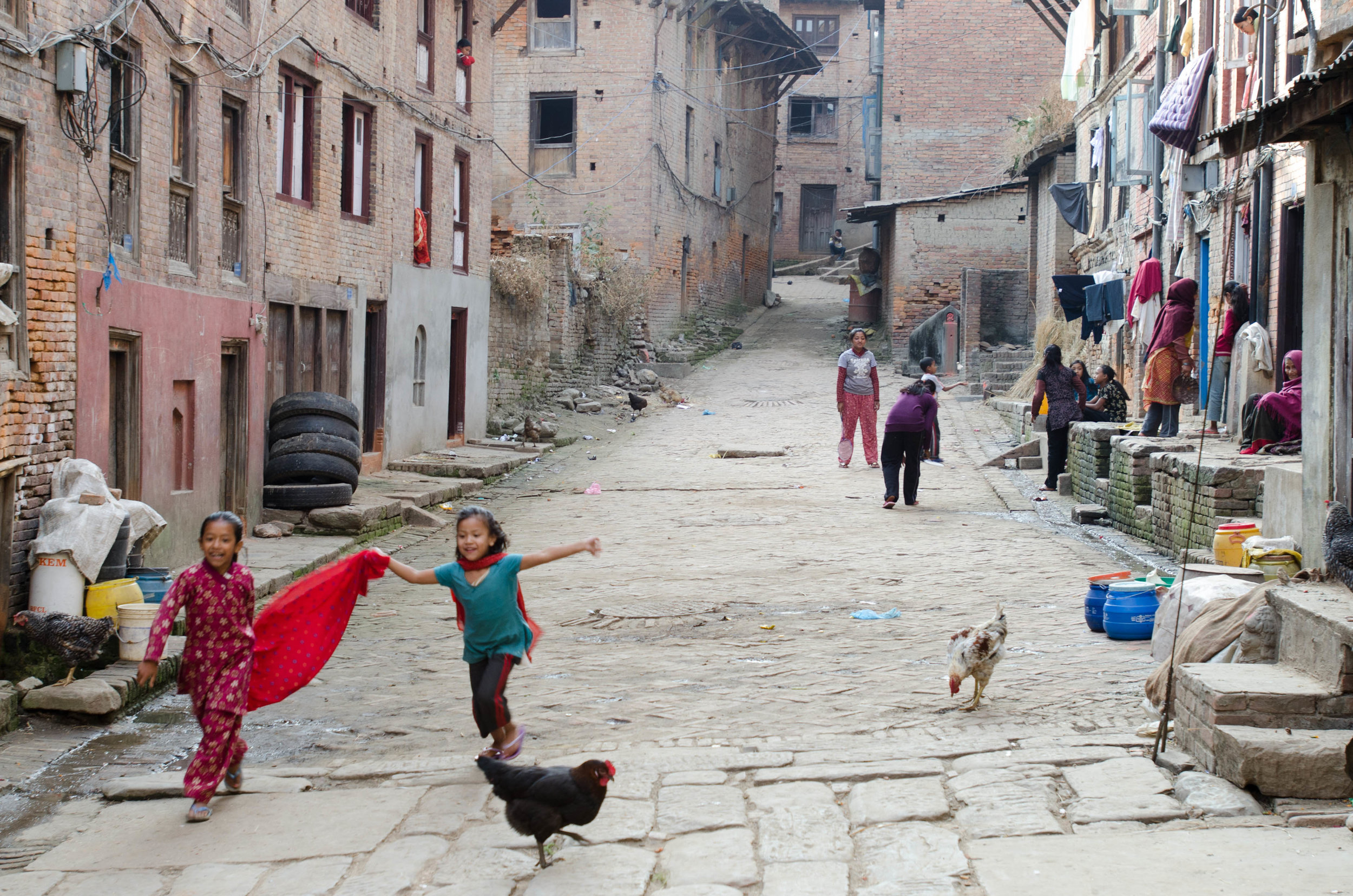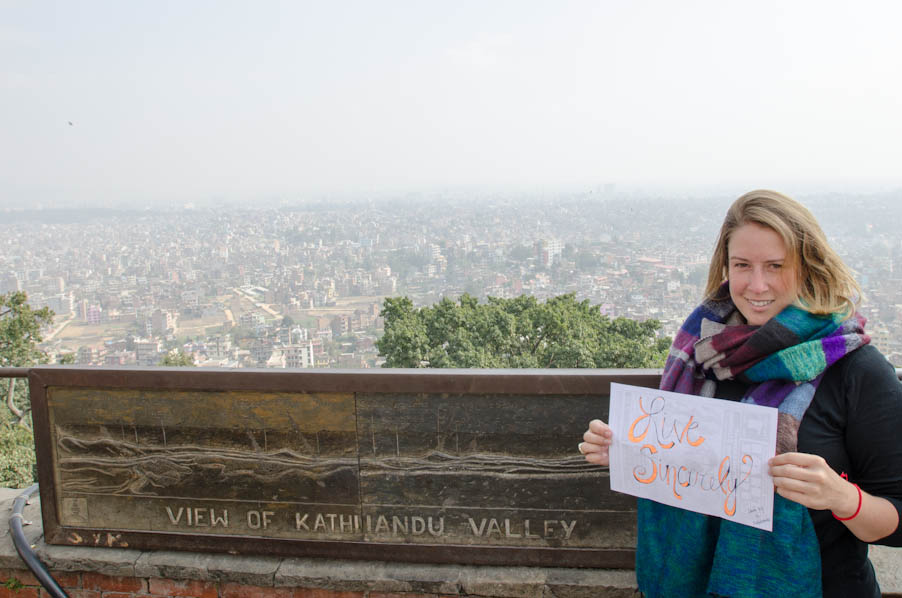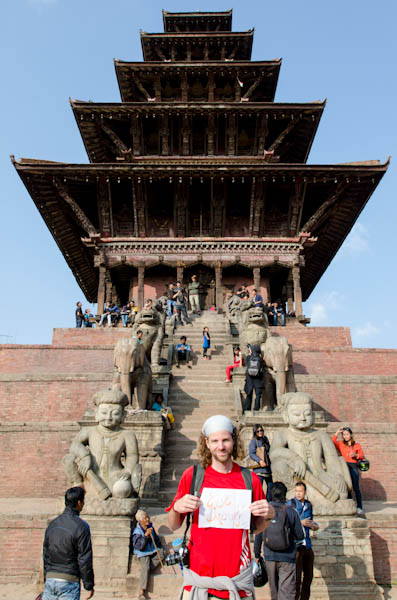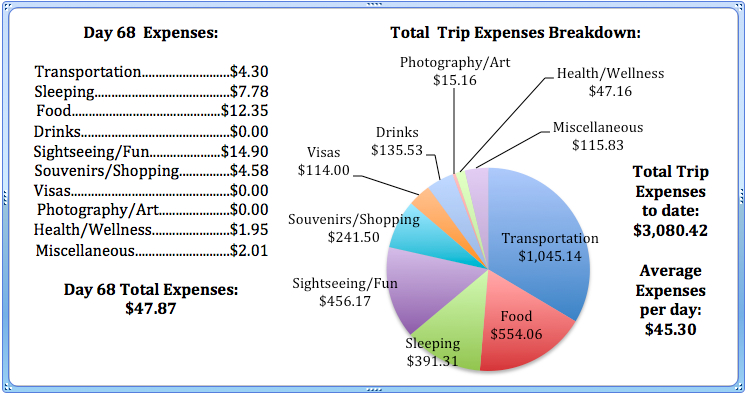Everyone raved about Nagarkot. "It's so beautiful! You can see Mount Everest!" They all exclaimed. Good one. We couldn't see anything, and the "town" basically was one road that winded around the mountain tops. We woke up for the sunrise, granted I was pretty much awake all night with the "Kathmandu stew" as Andrew likes to call it, but there wasn't much to see through the thick haze that had not yet dissipated. I went back to sleep, Andrew went out to get water and then forced me to drink it, until I was well enough to eat a plain pancake for breakfast and walk around Nagarkot.
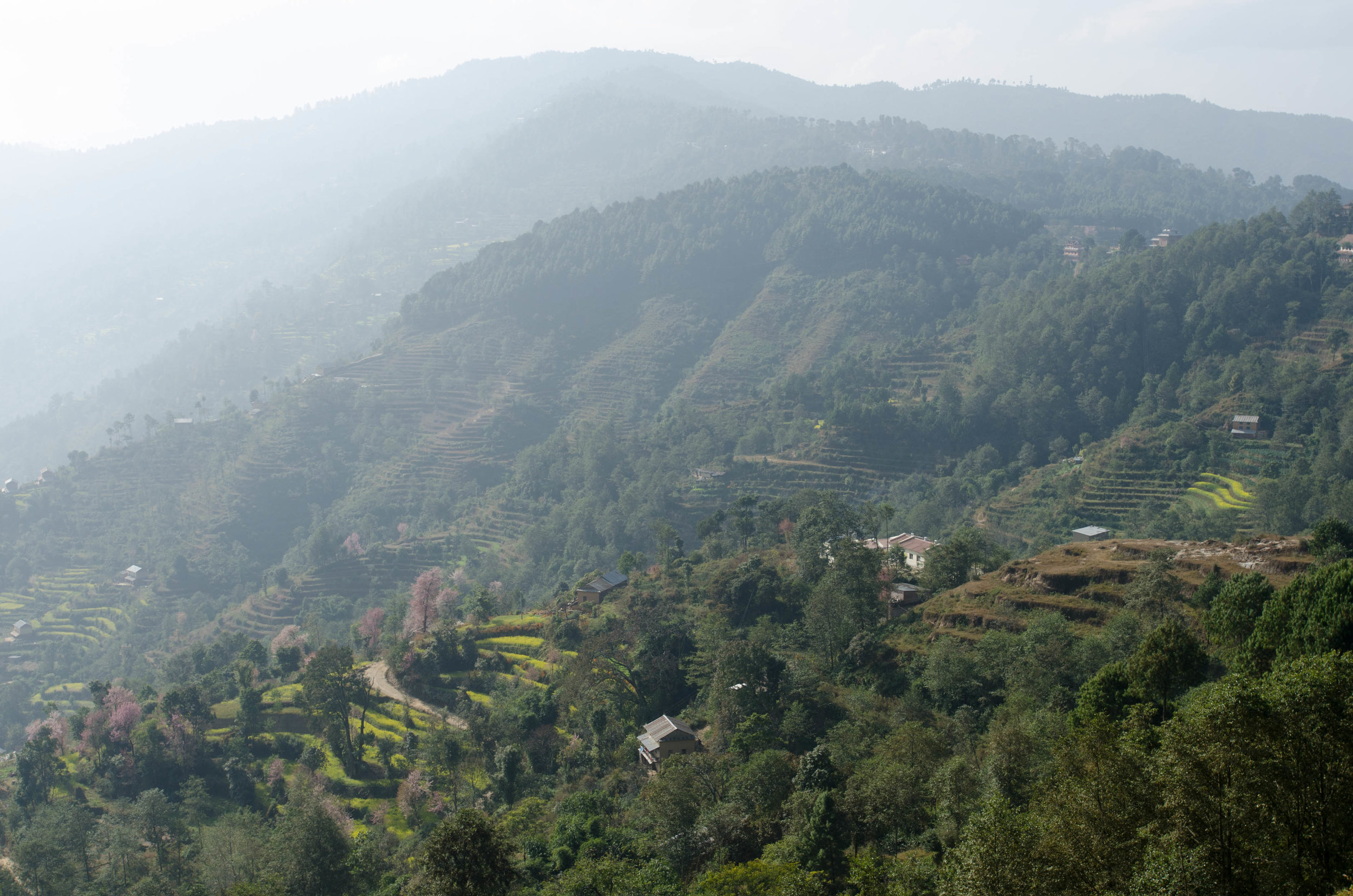
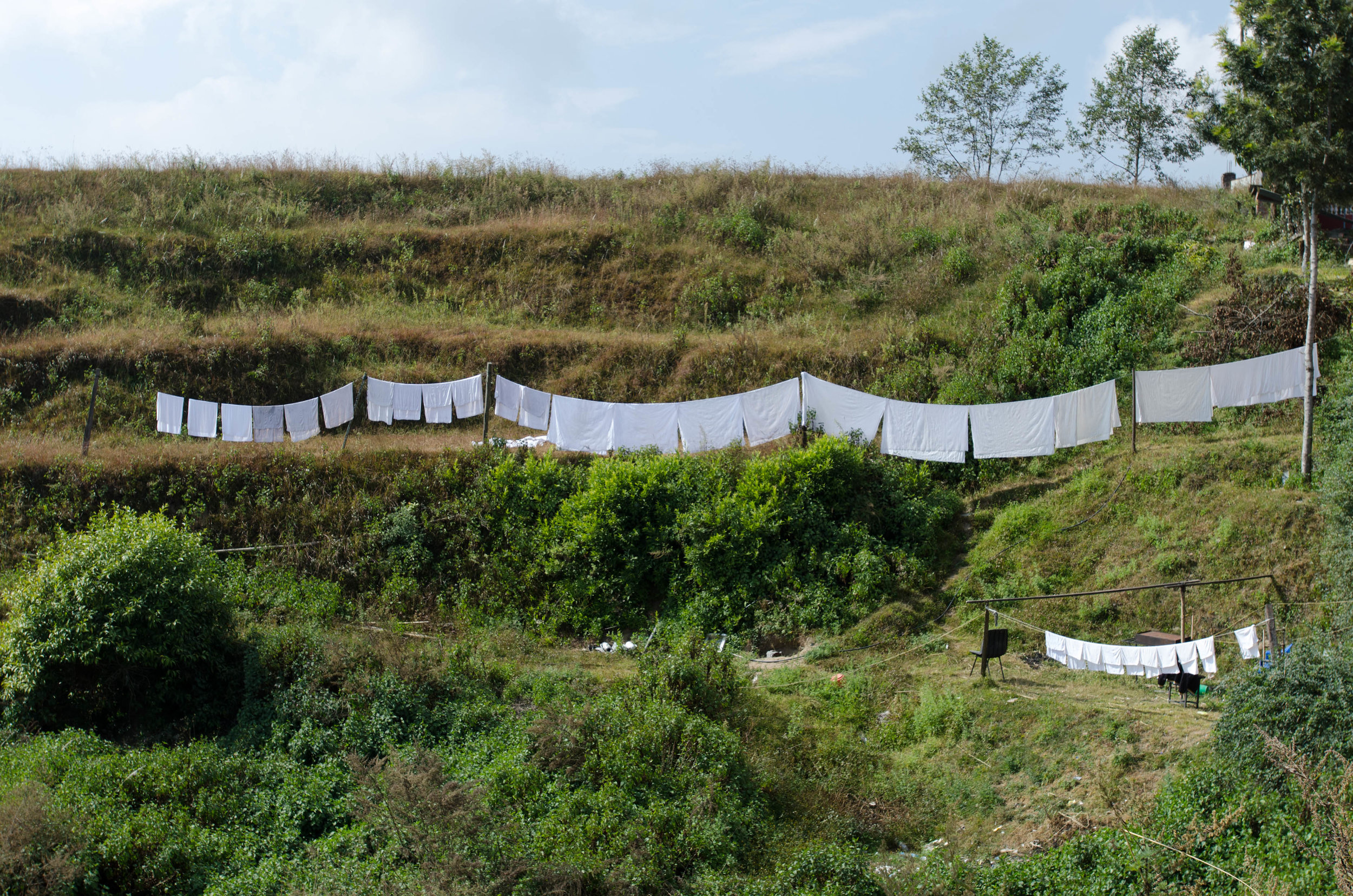
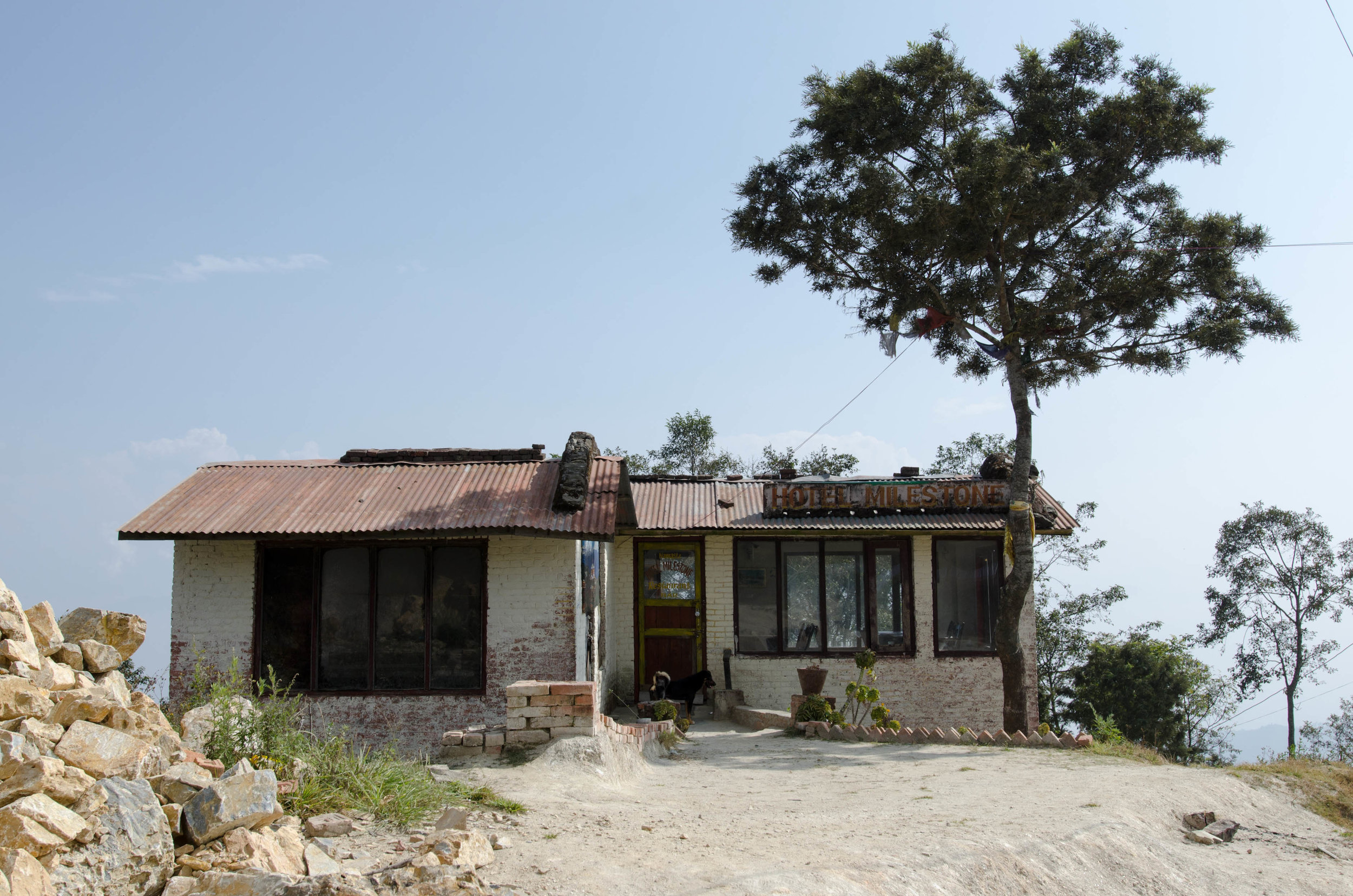
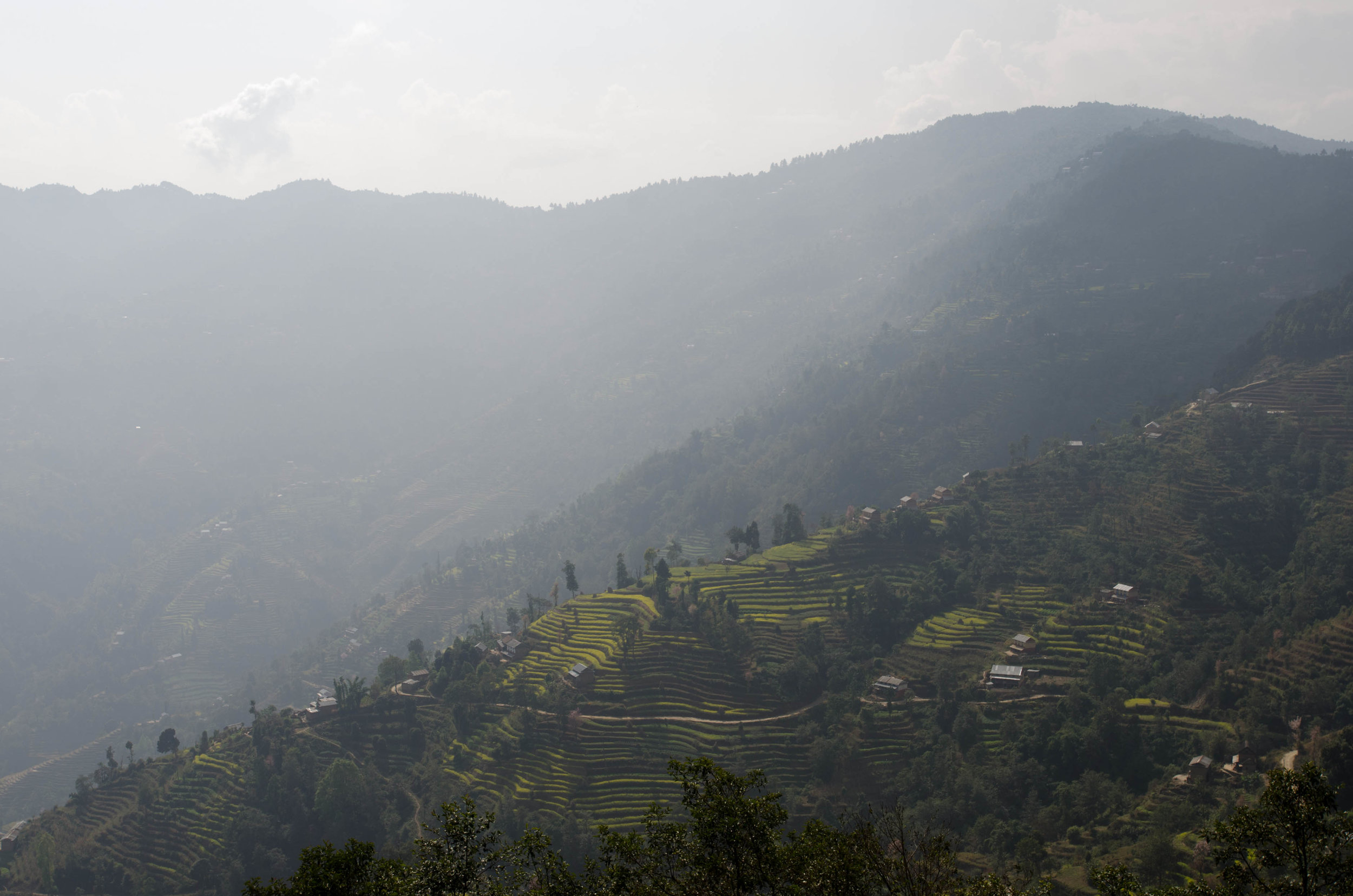
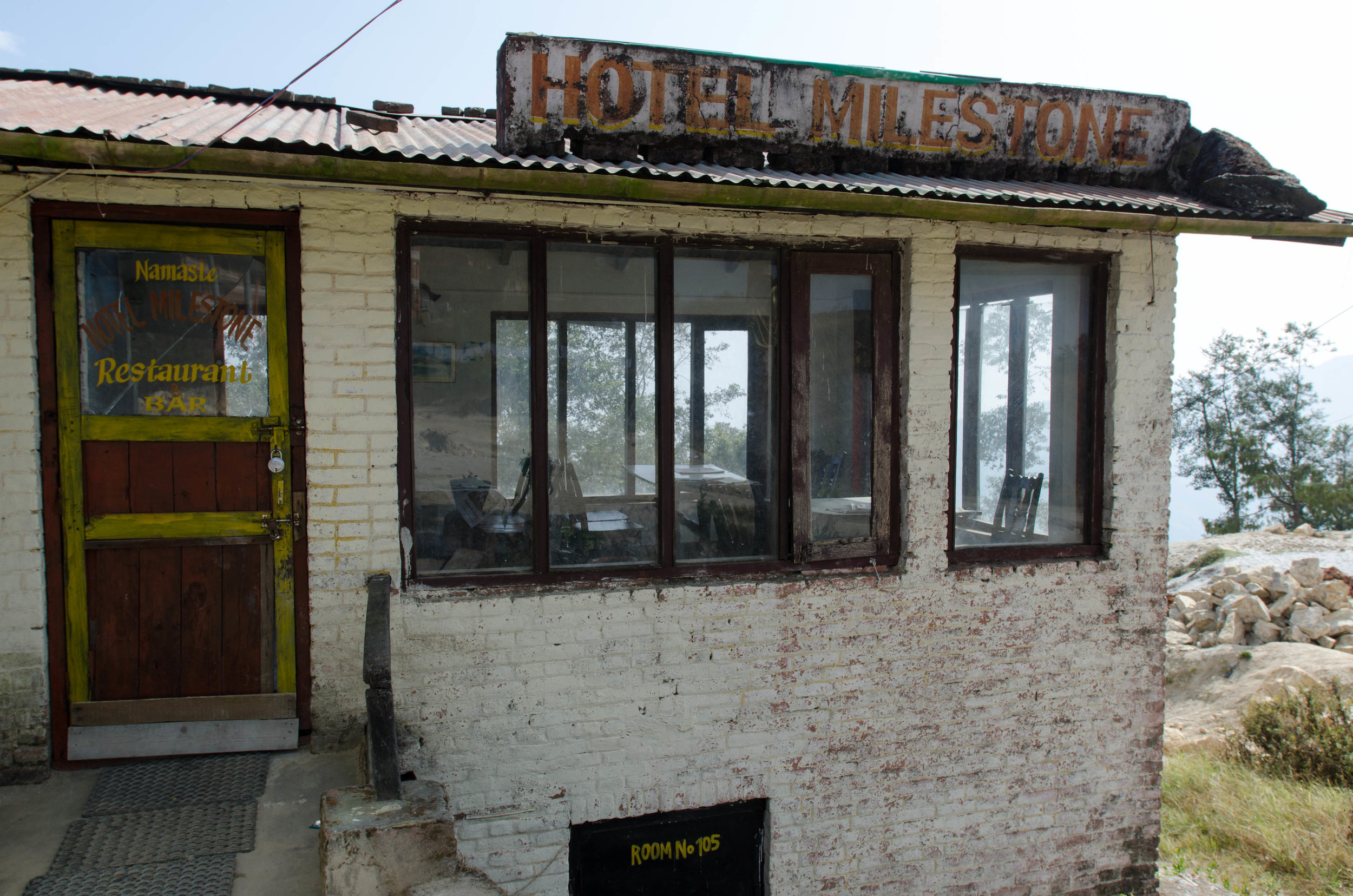
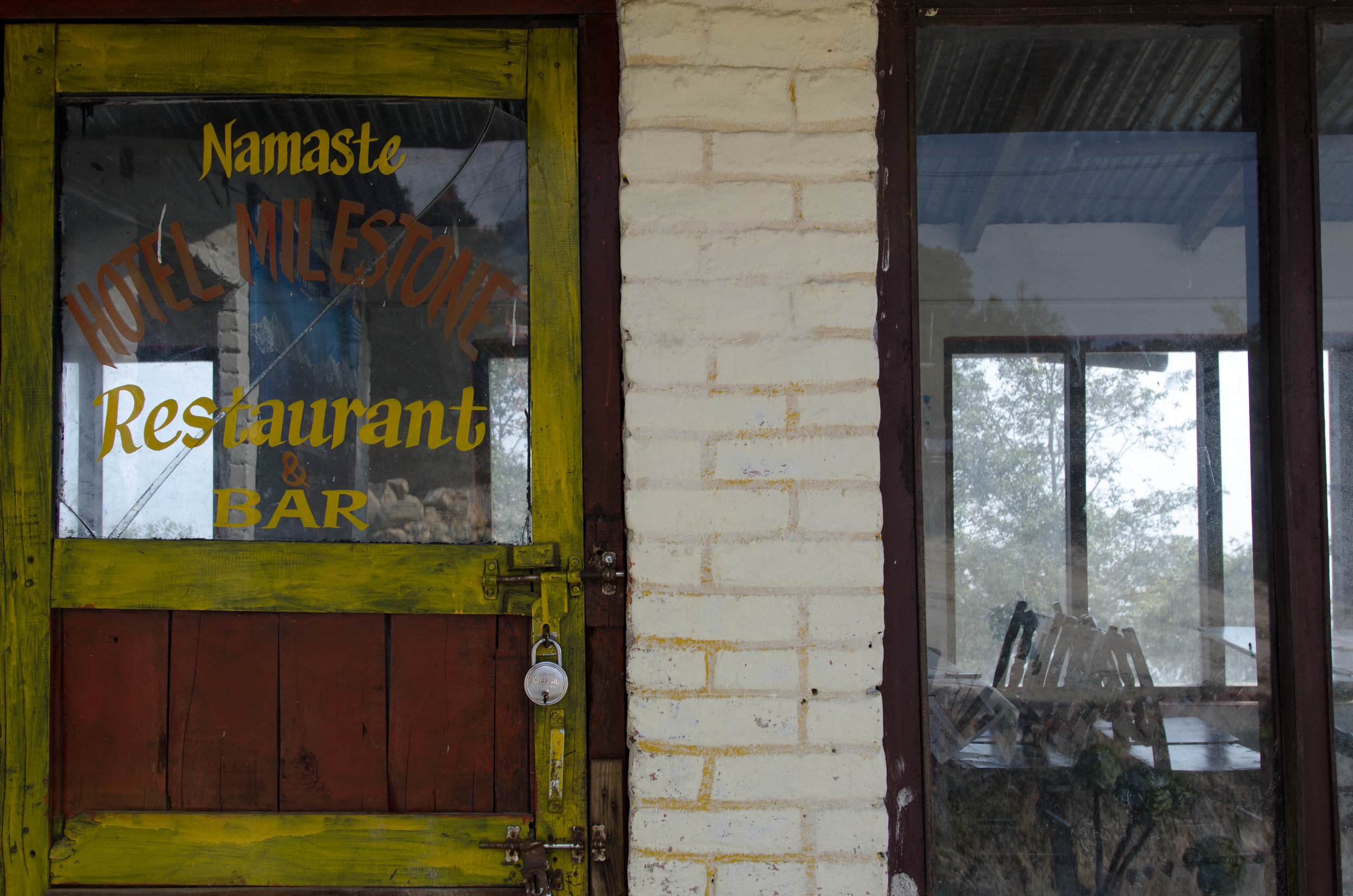
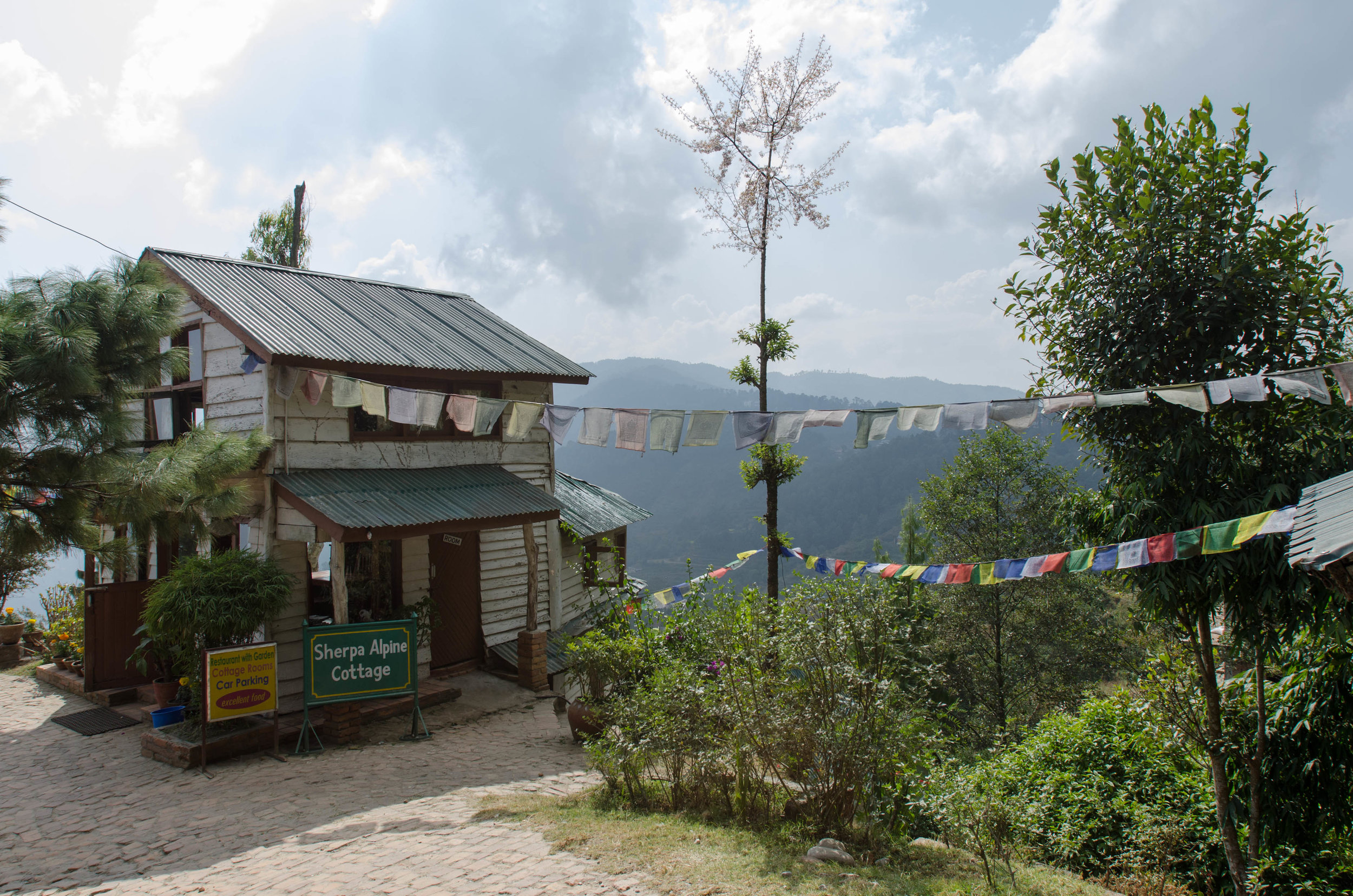
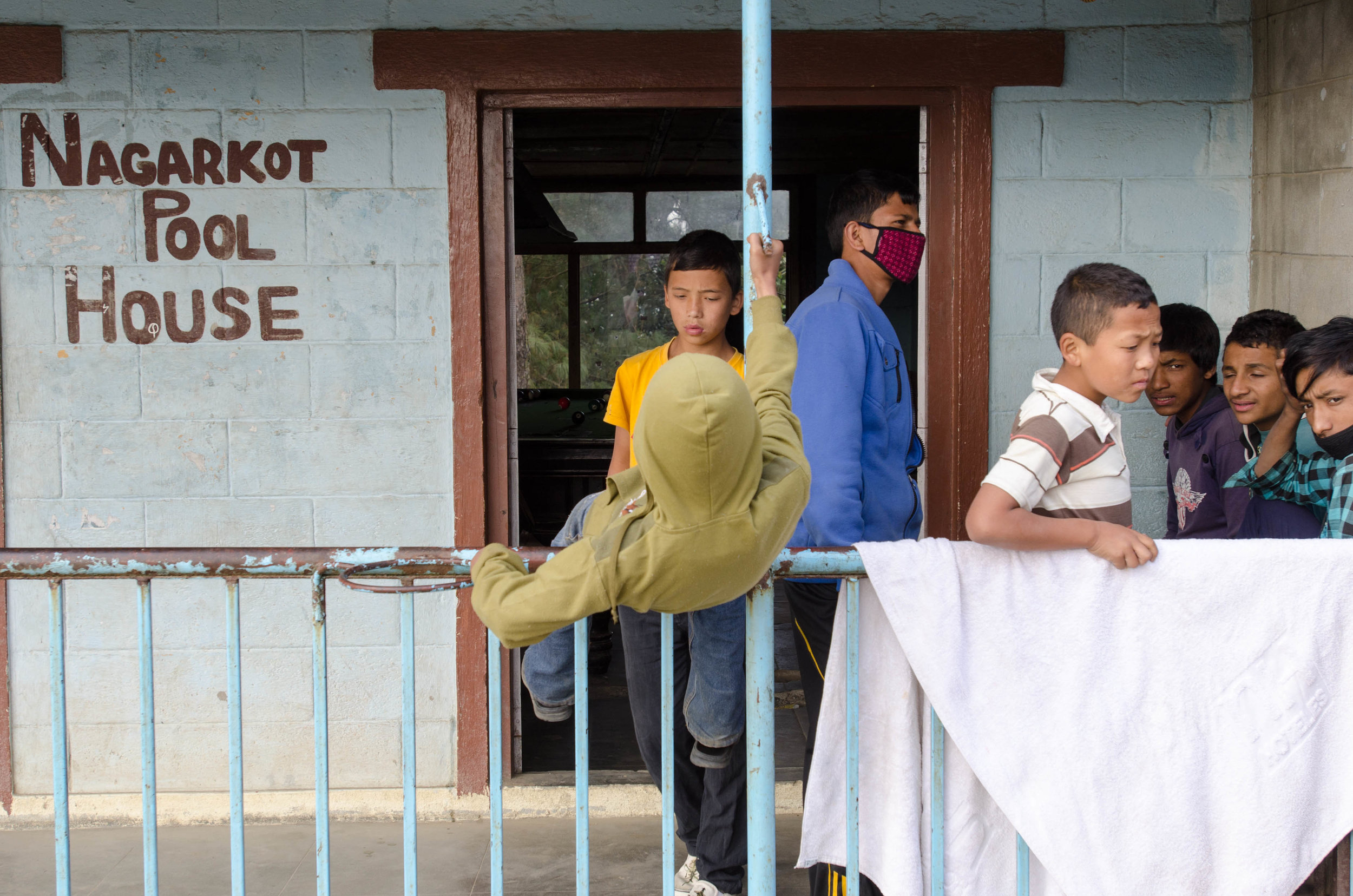

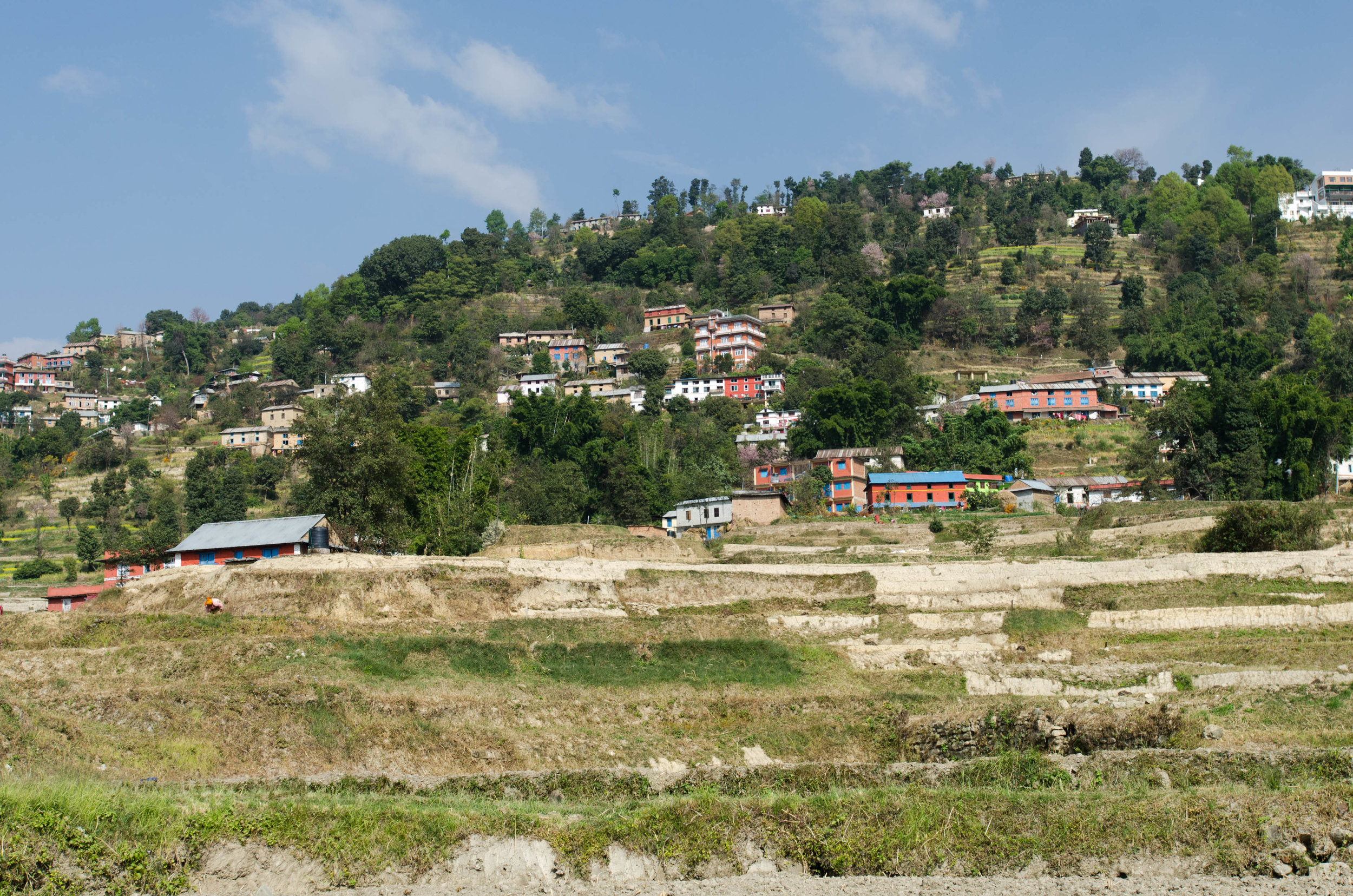
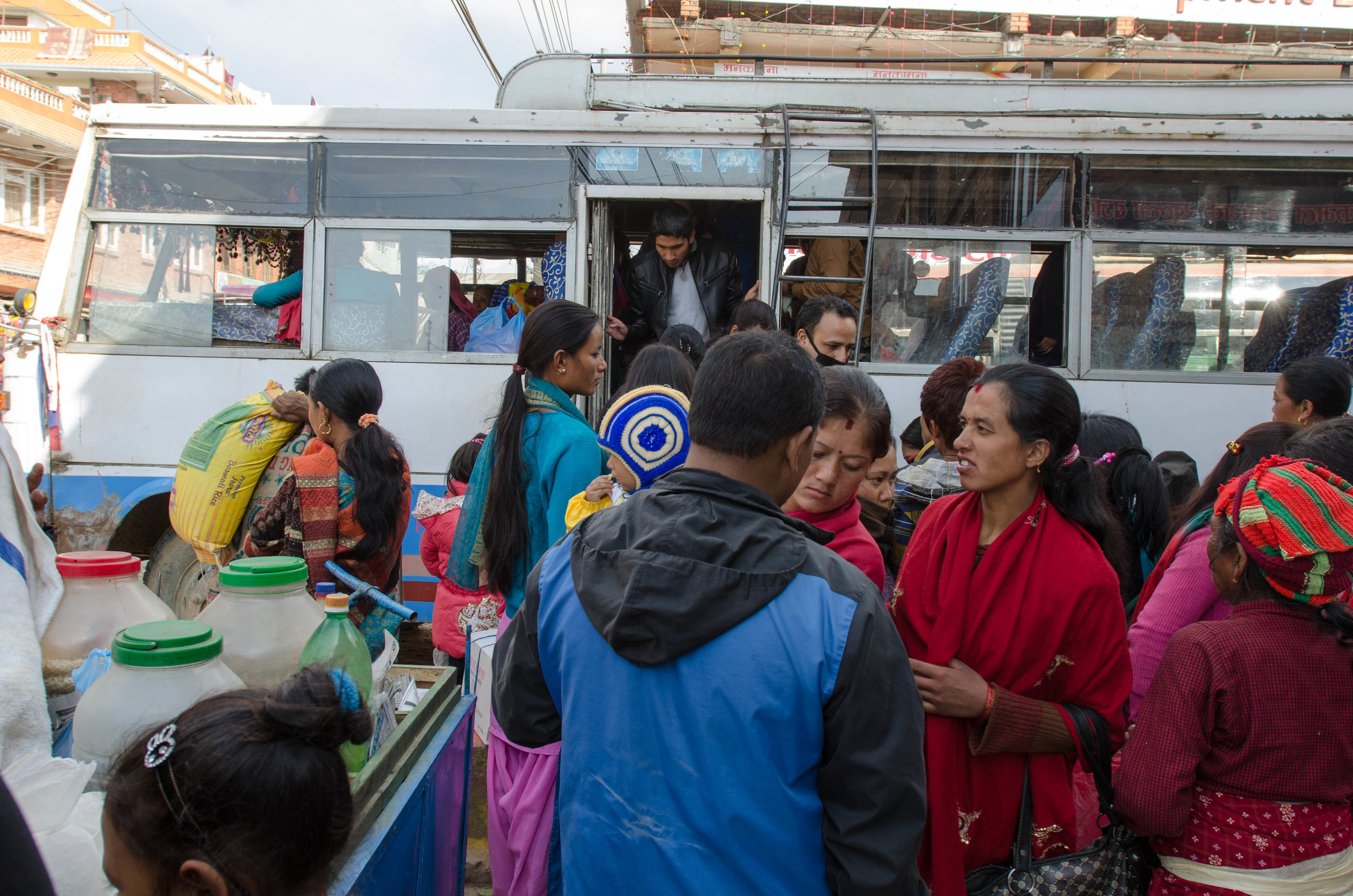
Nagarkot would have been nice, had the weather cooperated, the guesthouse owners not so pushy, and maybe I had been a little warmer and not sick. Despite all of this though, the town largely felt empty, run-down, and like a ghost-town. So few people were out and about when we expected having a harder time even finding a room, and no one was super friendly when you would pass them walking on the road.
The highlight of our visit was the local bus we decided to take back to Bhaktapur. A taxi to Bhaktapur would cost us at least 800 Rs "Ok, final price, very good for you!" one driver insisted. $9.00 isn't that bad, for the 22 kilometers to Bhaktapur, but I was just a little tired of the feeling I got in Nagarkot where everyone was trying to make a buck off of us. The local bus cost 40 Rs. ($0.45) and I knew it would be more of an adventure than the taxi.
And it totally was. After the first three stops (all within about 400 meters of where the bus departed) Andrew and I made guesses as to how many stops would be made and how long it would take to get to Bhaktapur. It had taken 30-40 minutes by taxi the previous day. The local bus left at 12:15 pm. Andrew guessed we wouldn't get to Bhaktapur until nightfall. I guessed we would roll in by 3:30. Then Andrew's "more serious" guess was 3:31pm with 40 stops. I countered with 39 stops.
We were both off. way off. We got into Bhaktapur by 1:30 pm with a grand total of 23 stops. Men were on the roof, women piled huge bags of rice into the aisle, and the man collecting busfare stood in the open doorway jumping on and off with passengers and hitting the side of the bus everytime it got too close to the edge of the road. At one point we passed a much larger "Tourist" bus only holding two passengers. I wondered if they felt a bit silly as they looked in on our 30+ loaded smaller bus.
We got into Bhaktapur, unsure of where the next local bus would drop us off in Kathmandu, so got a taxi back to the city, where the electricity promptly went out. Go figure.
